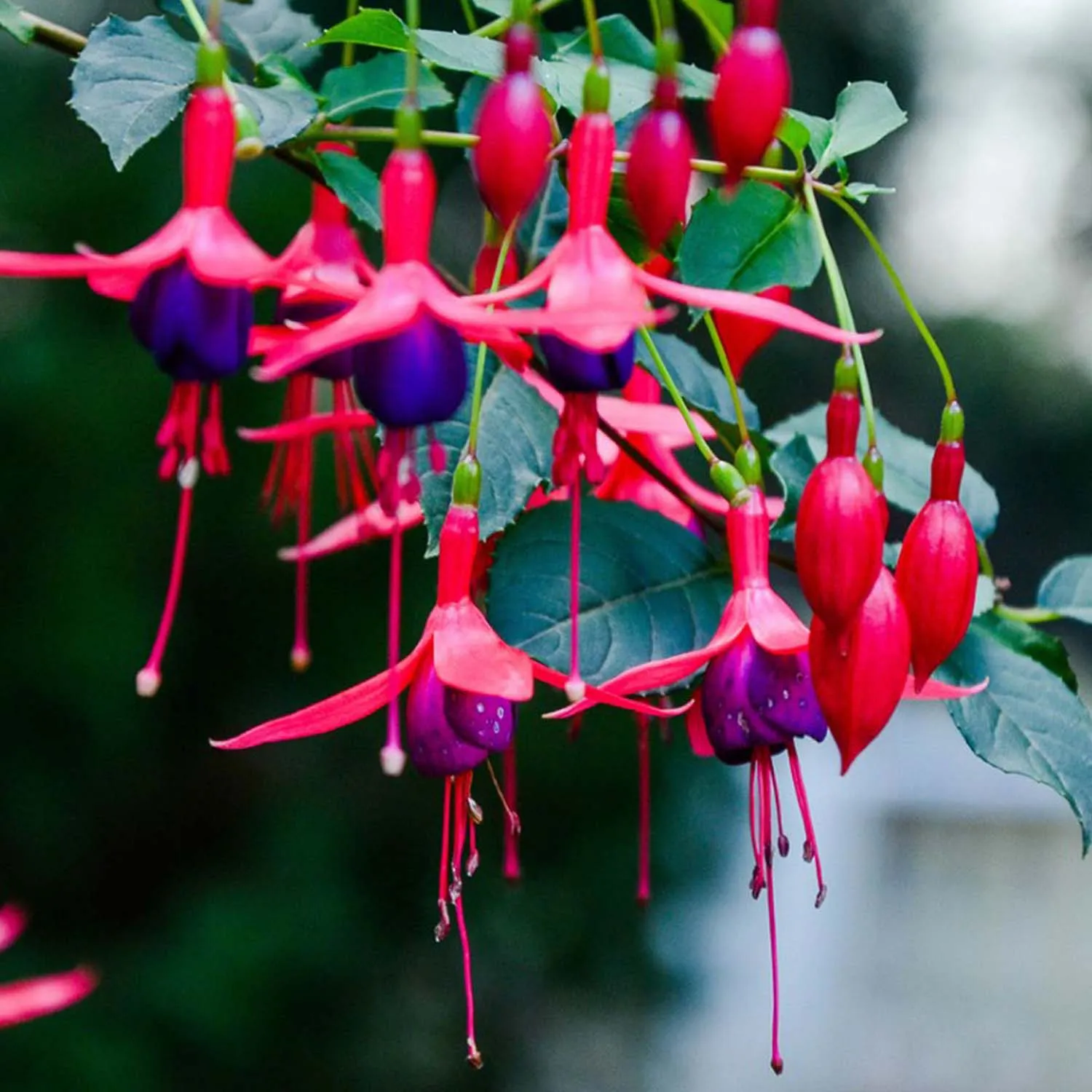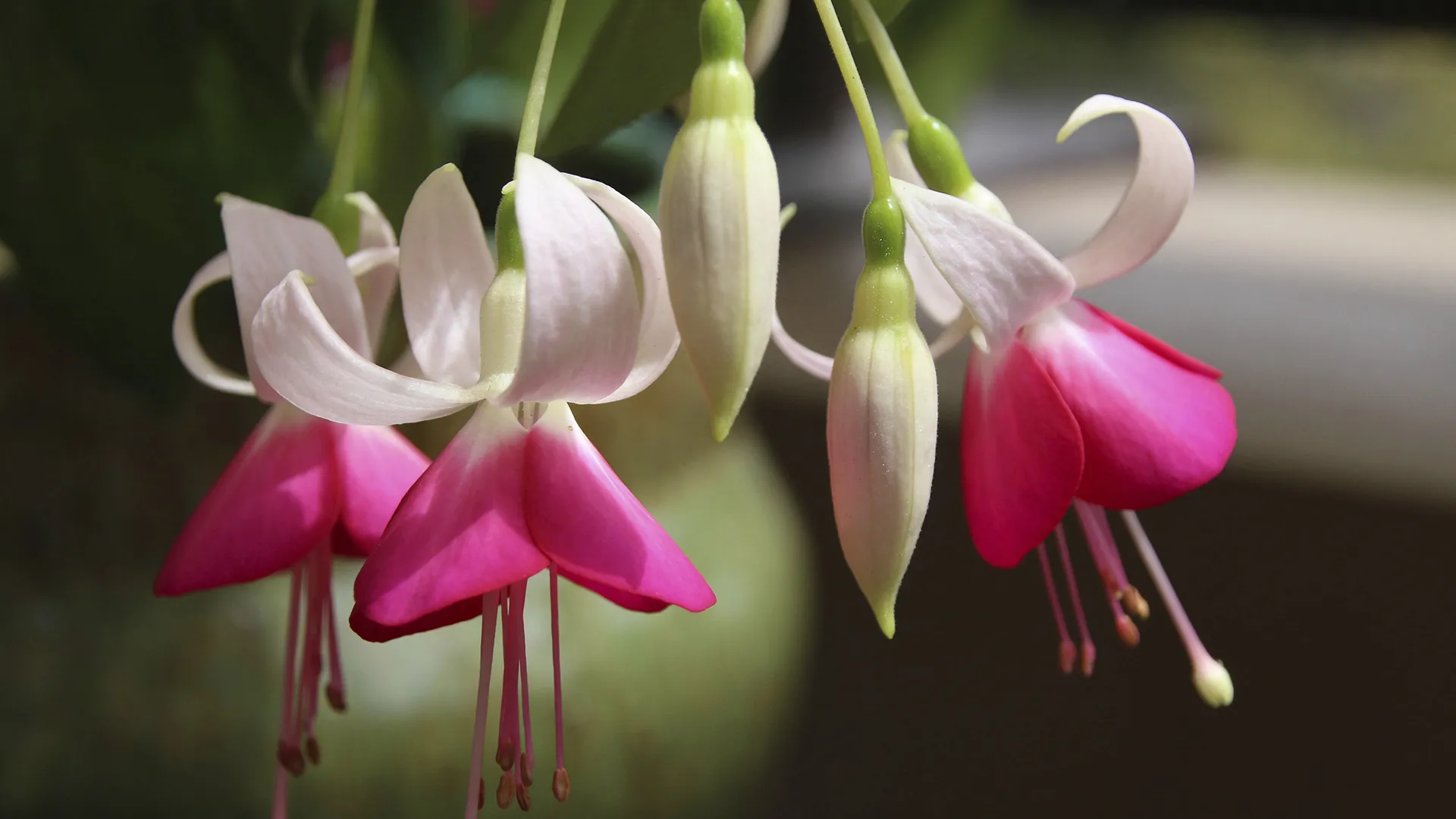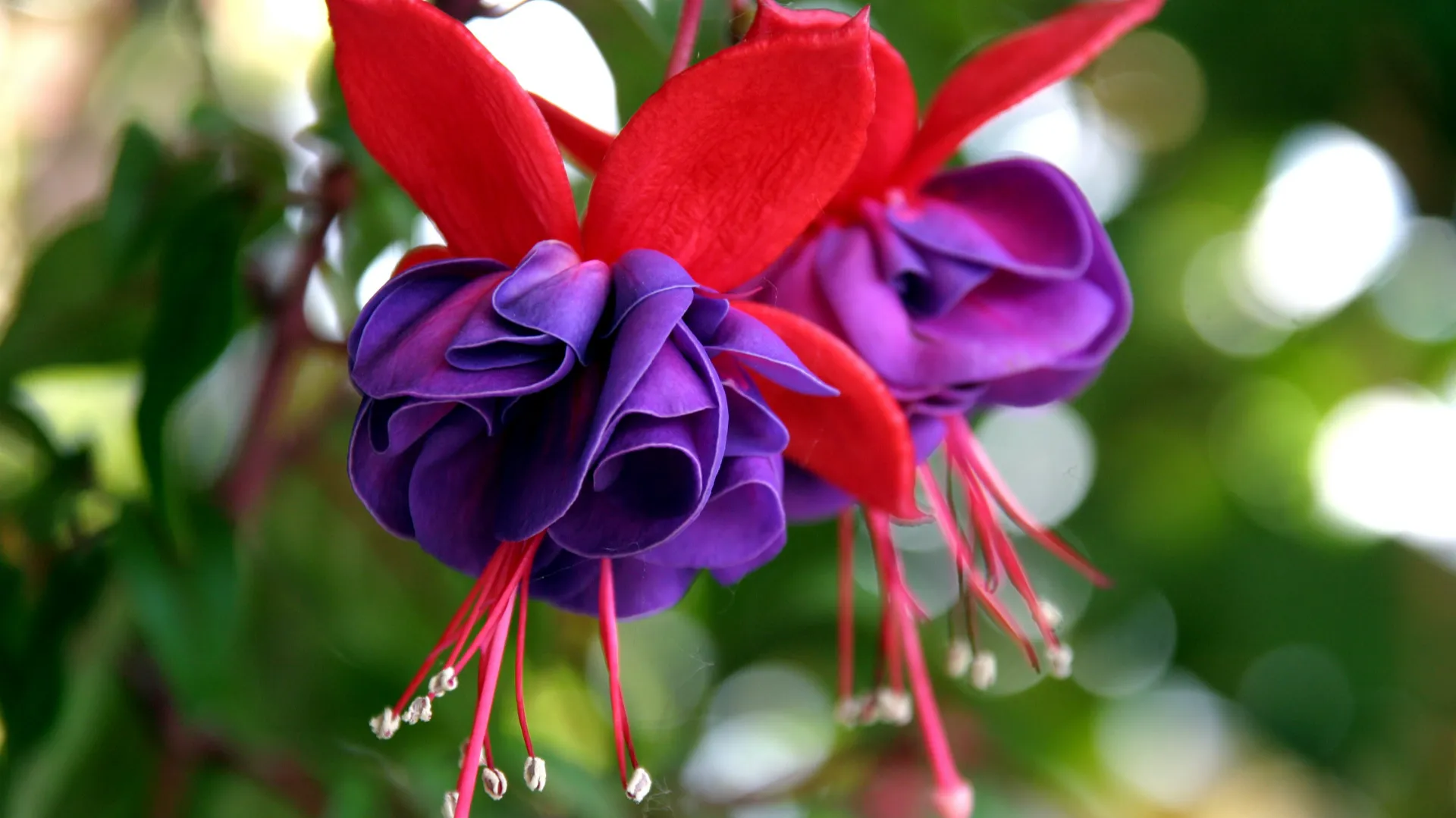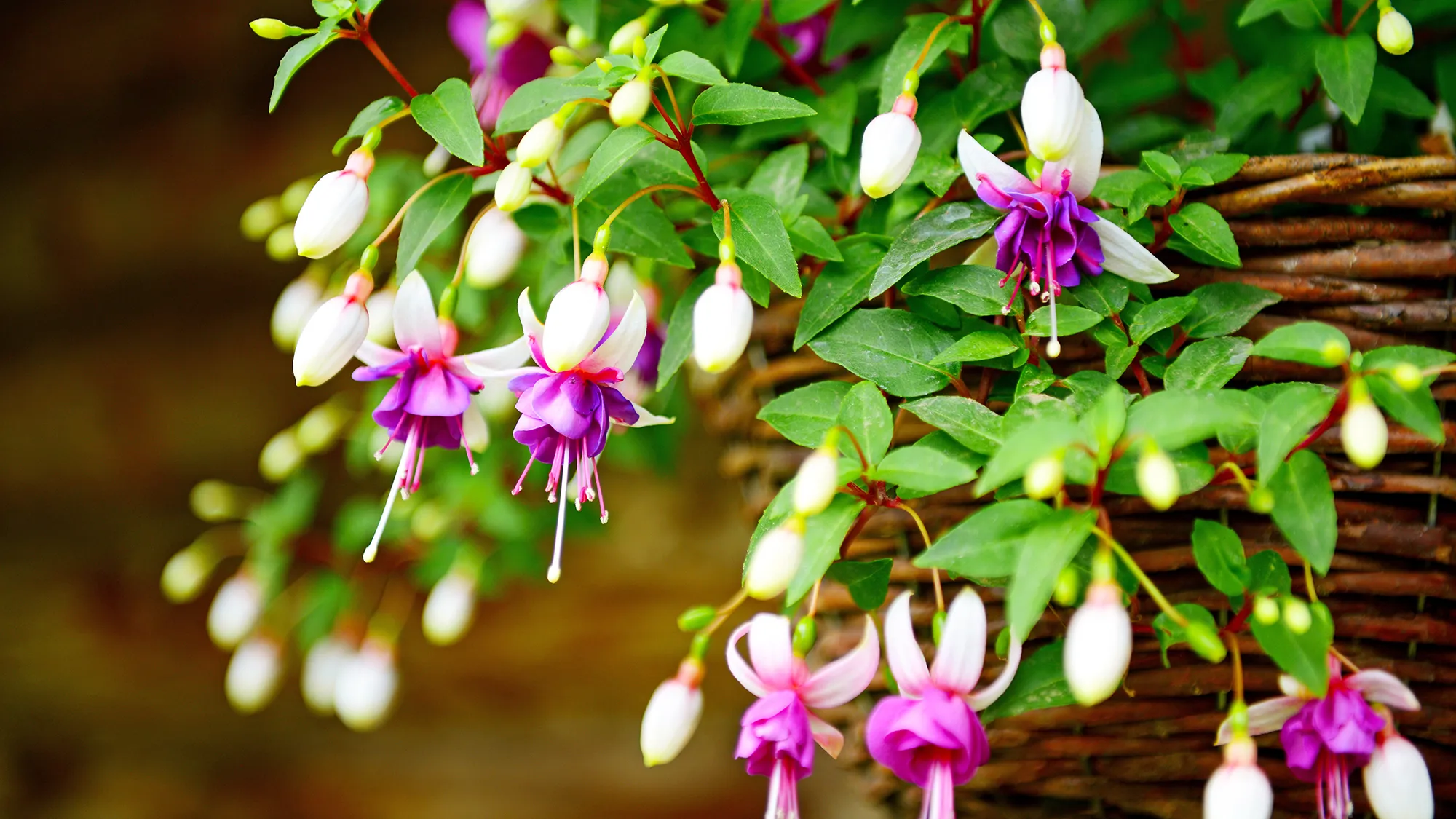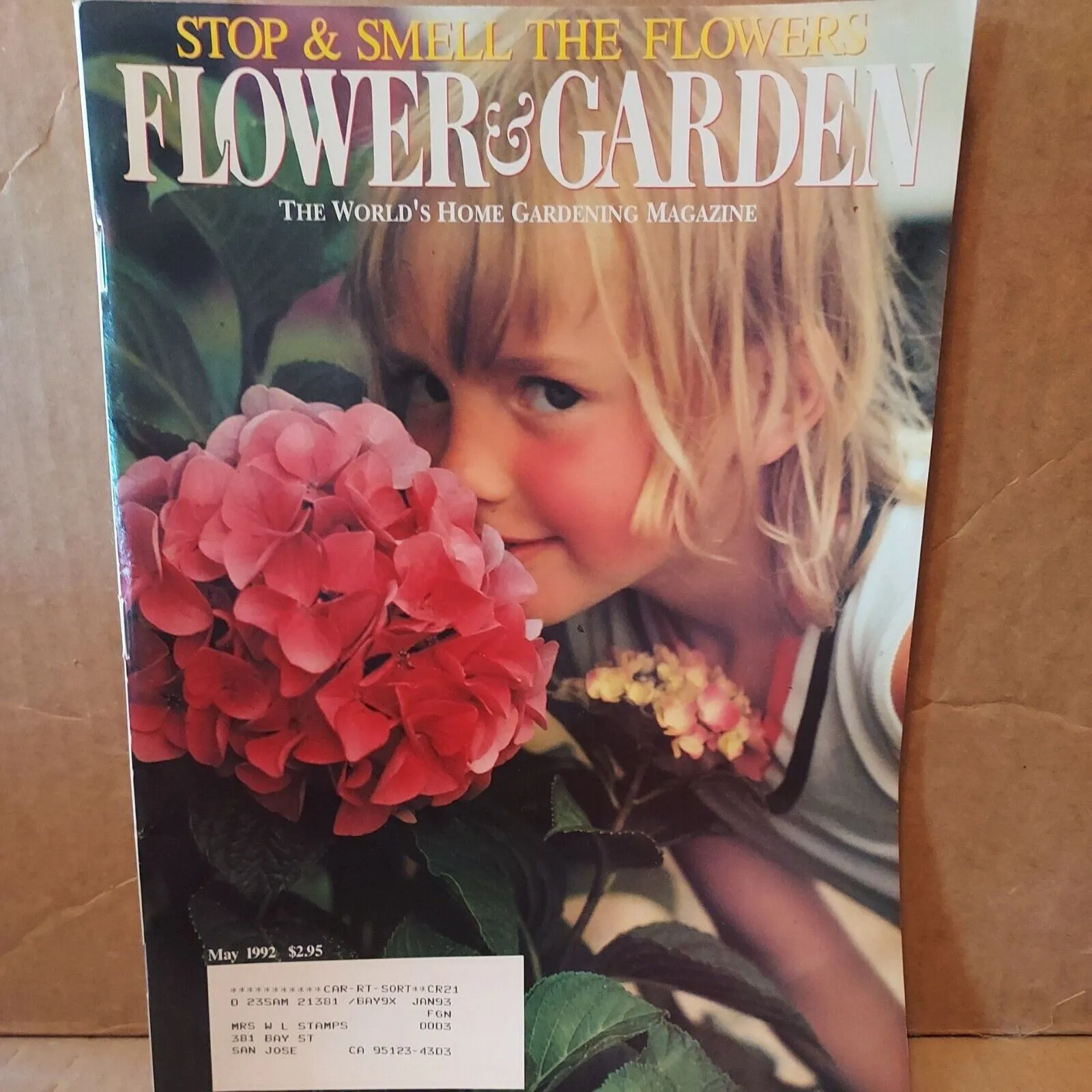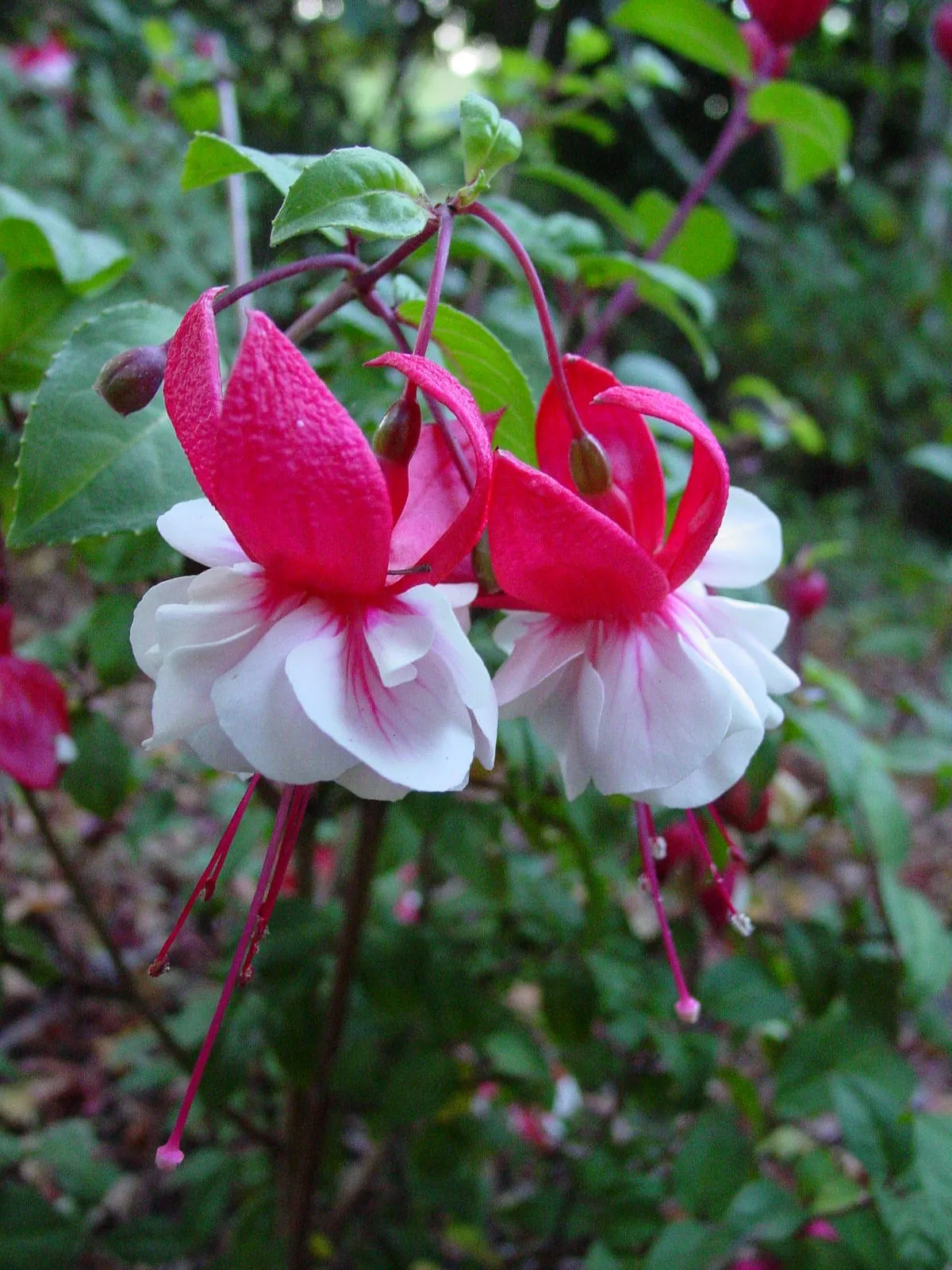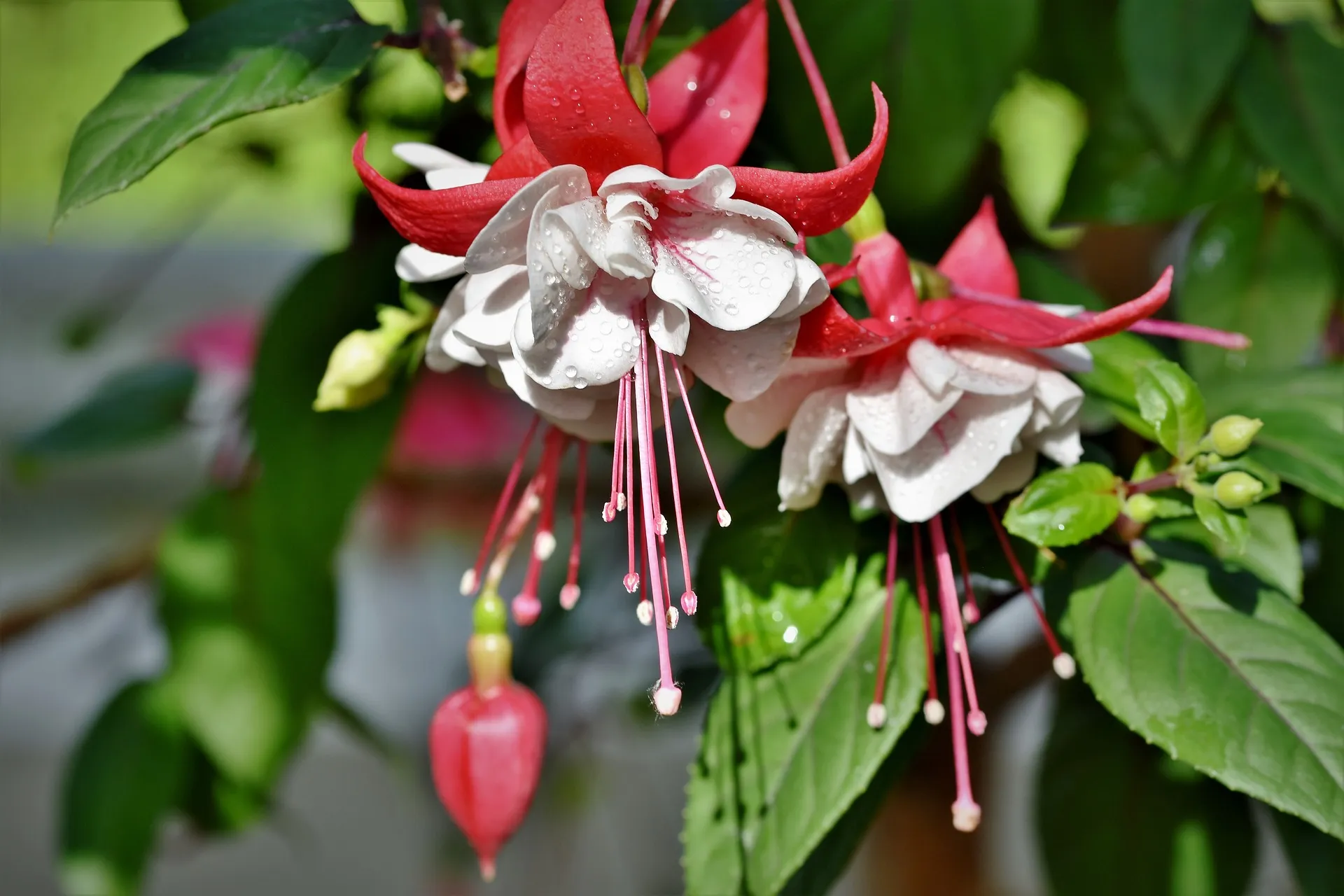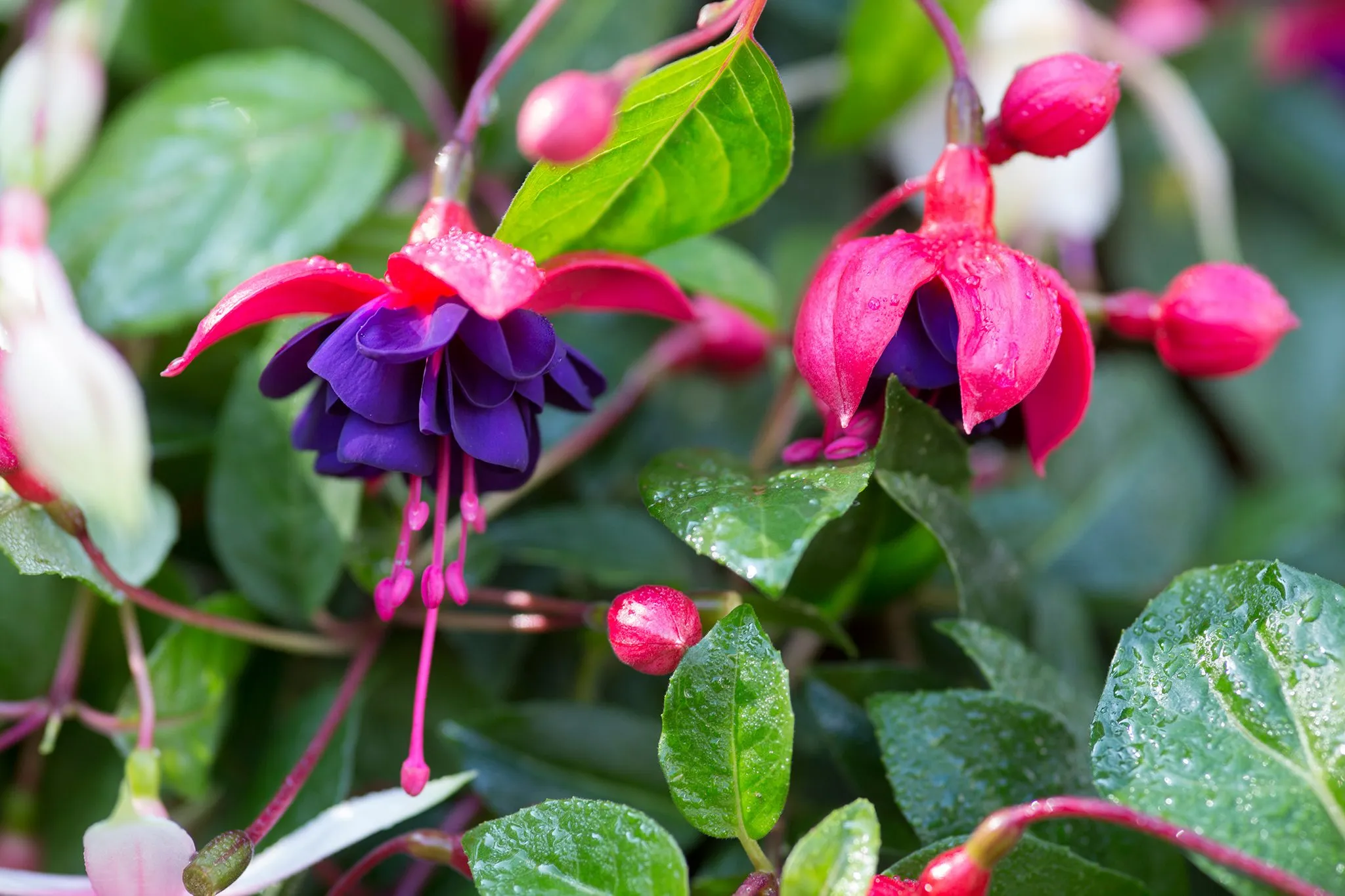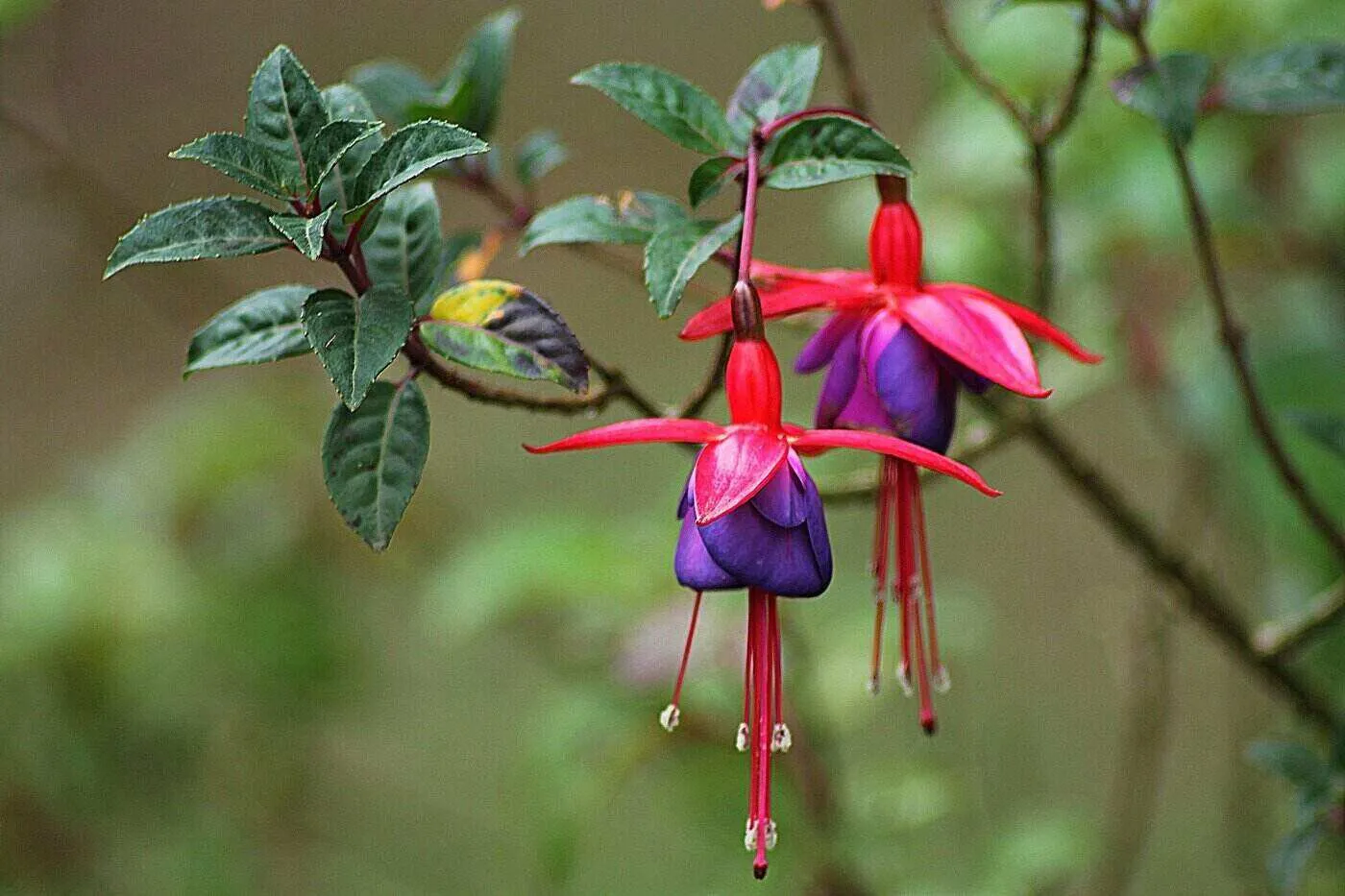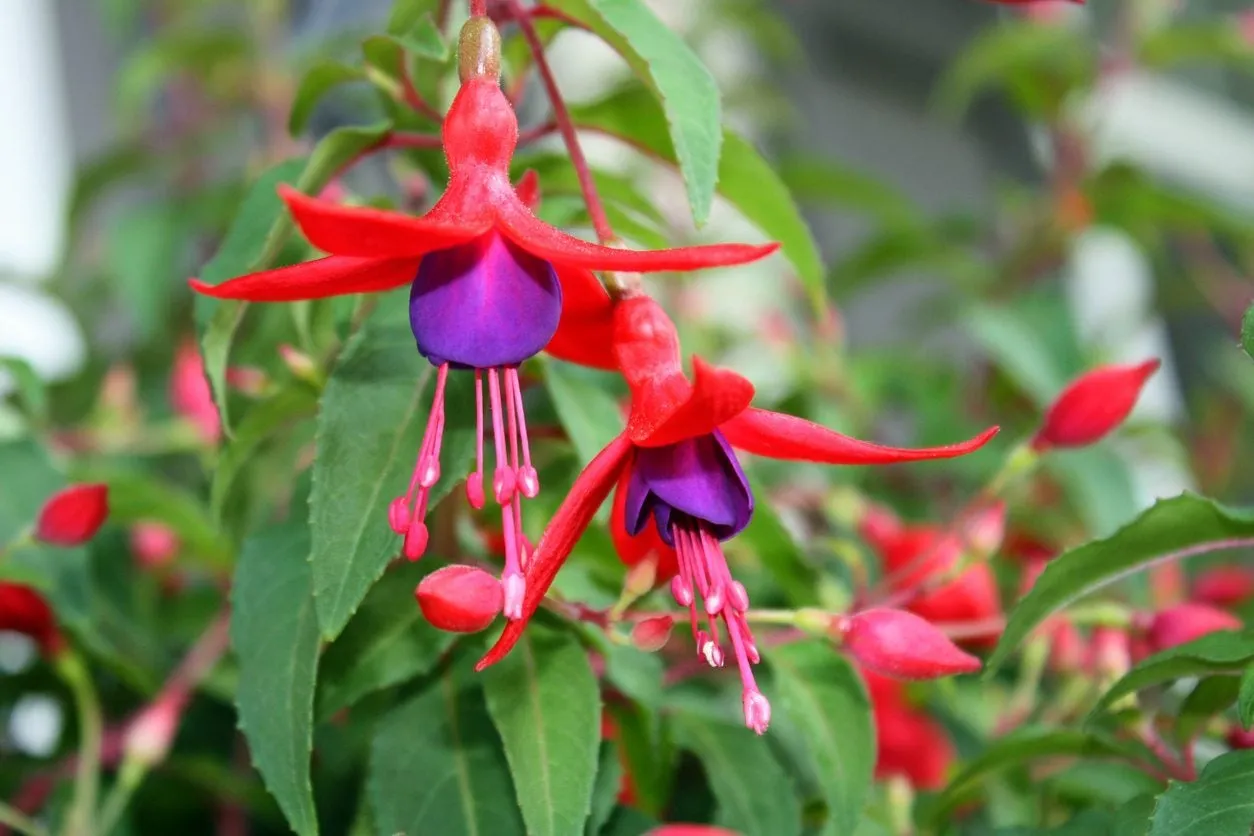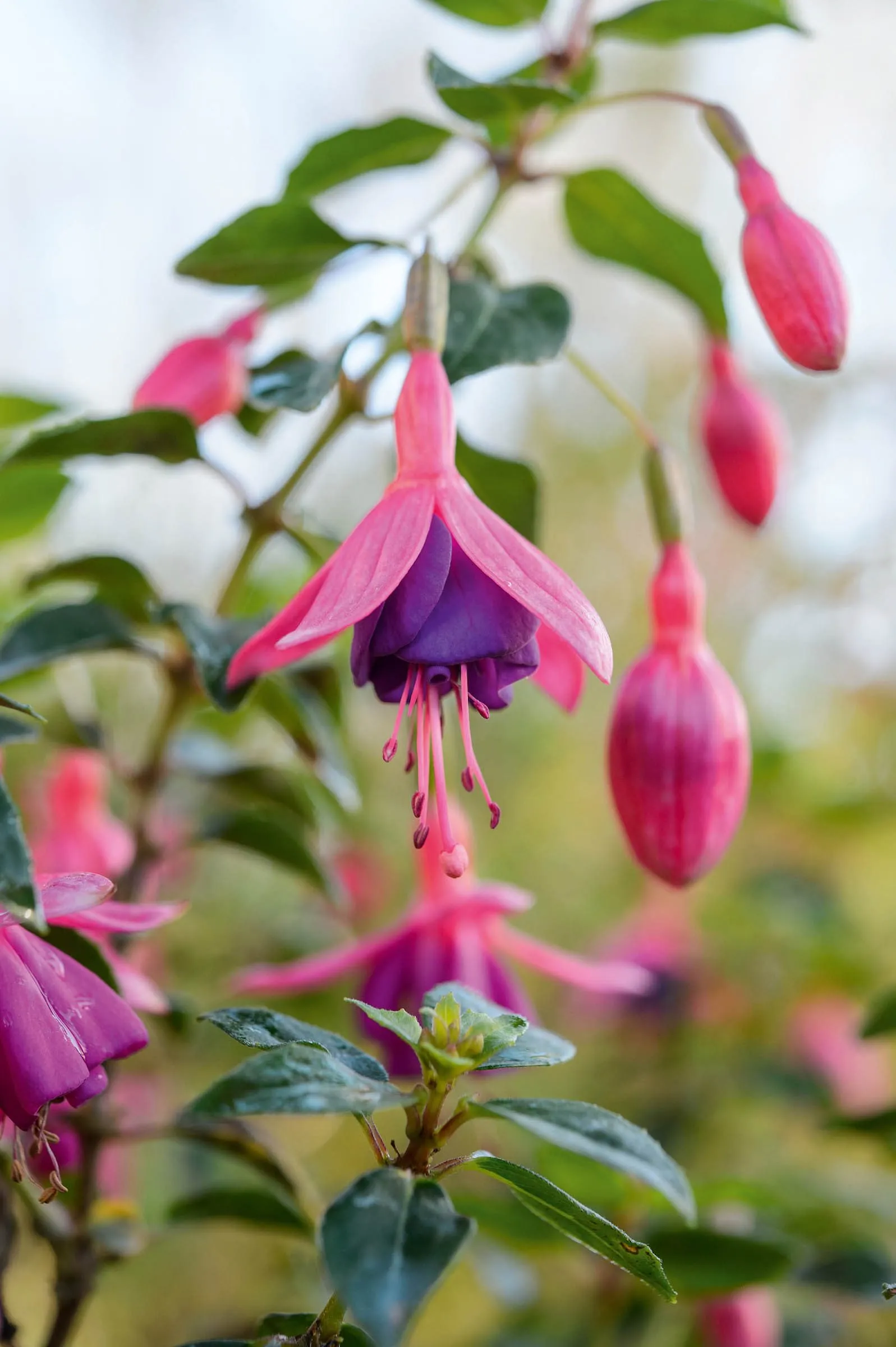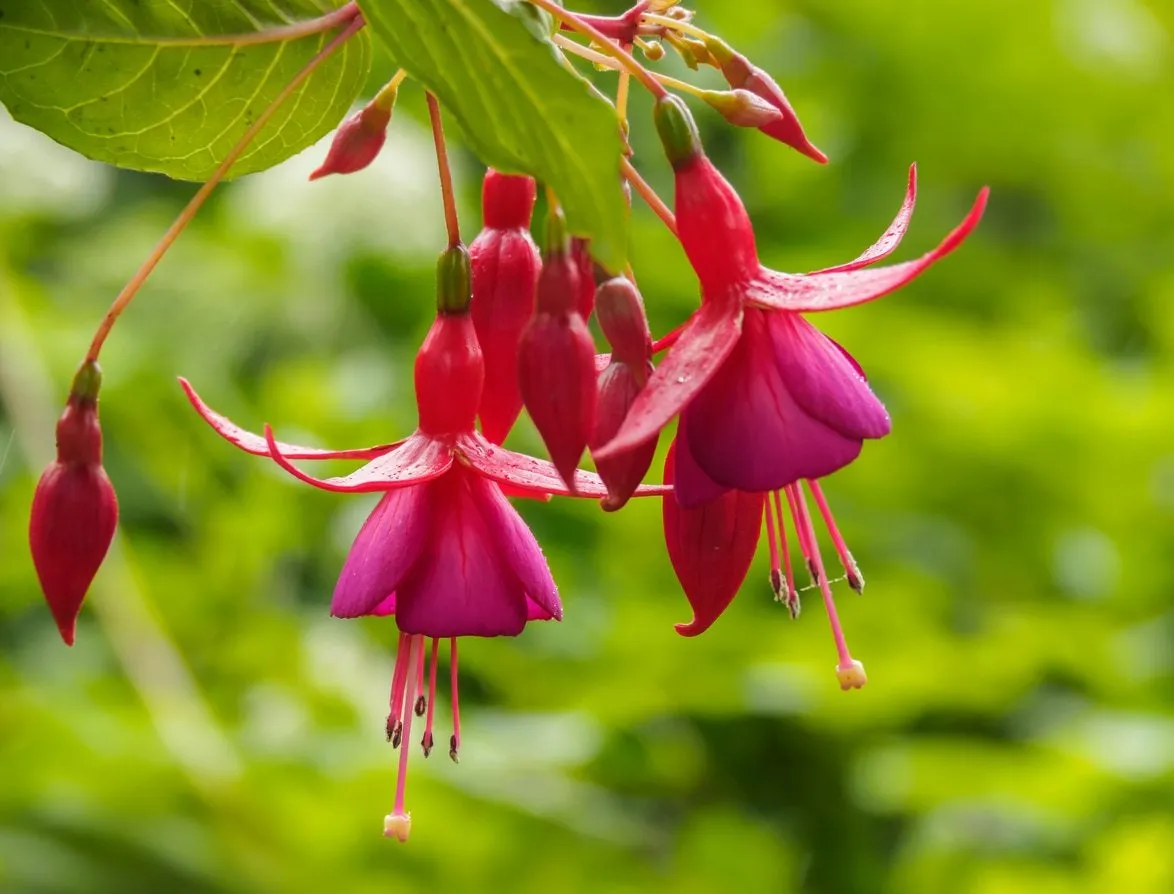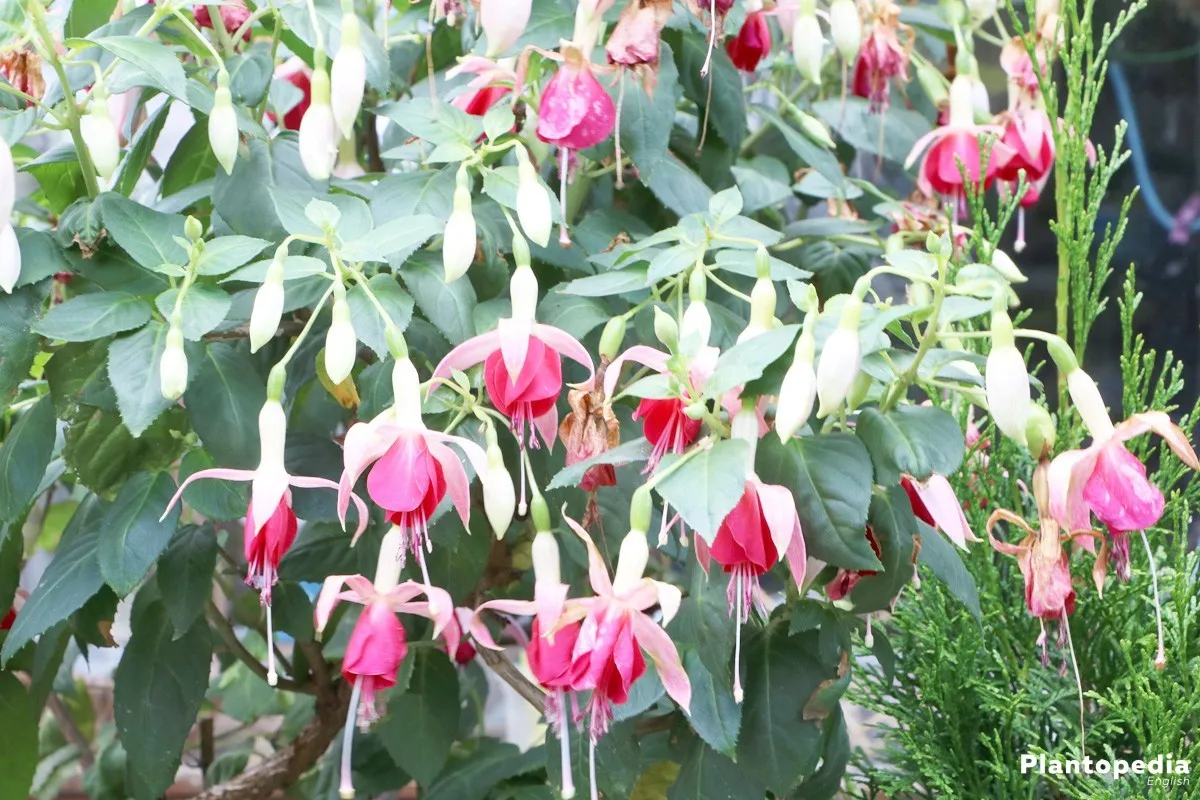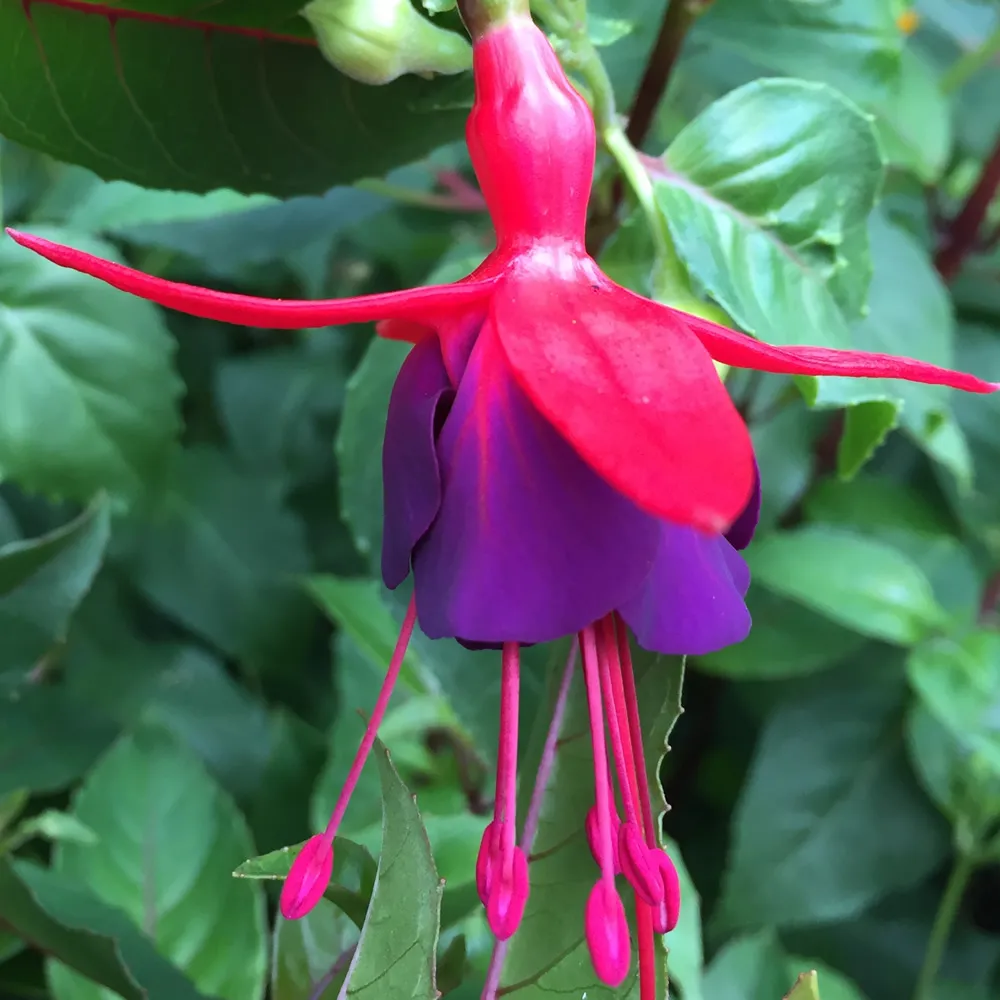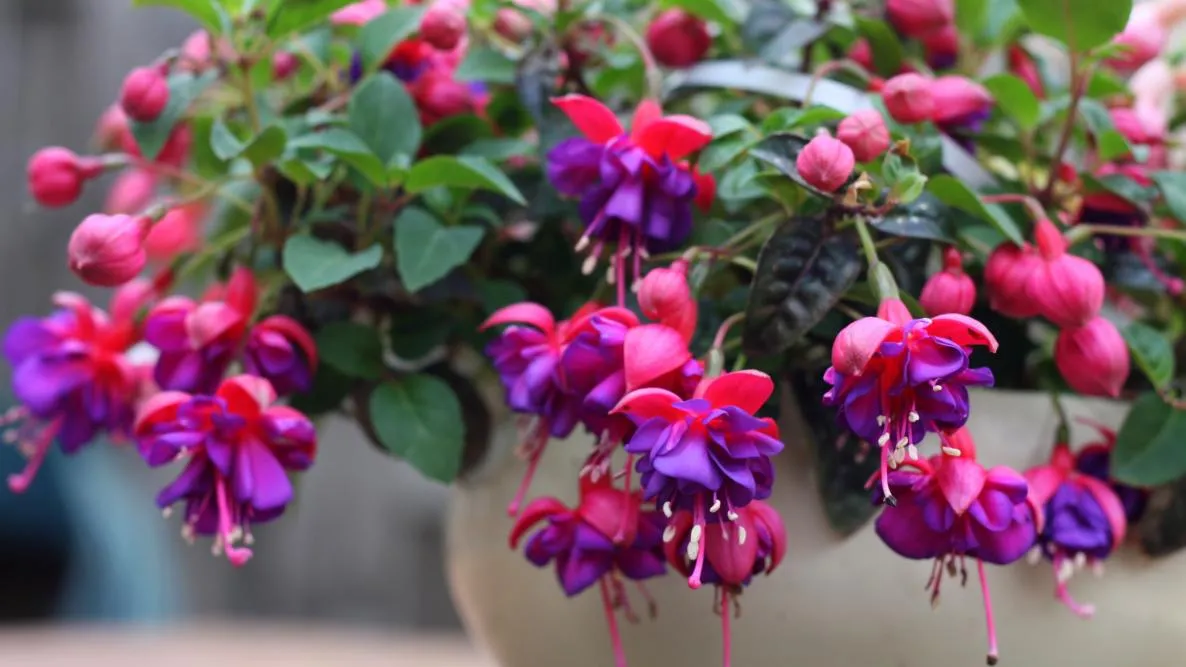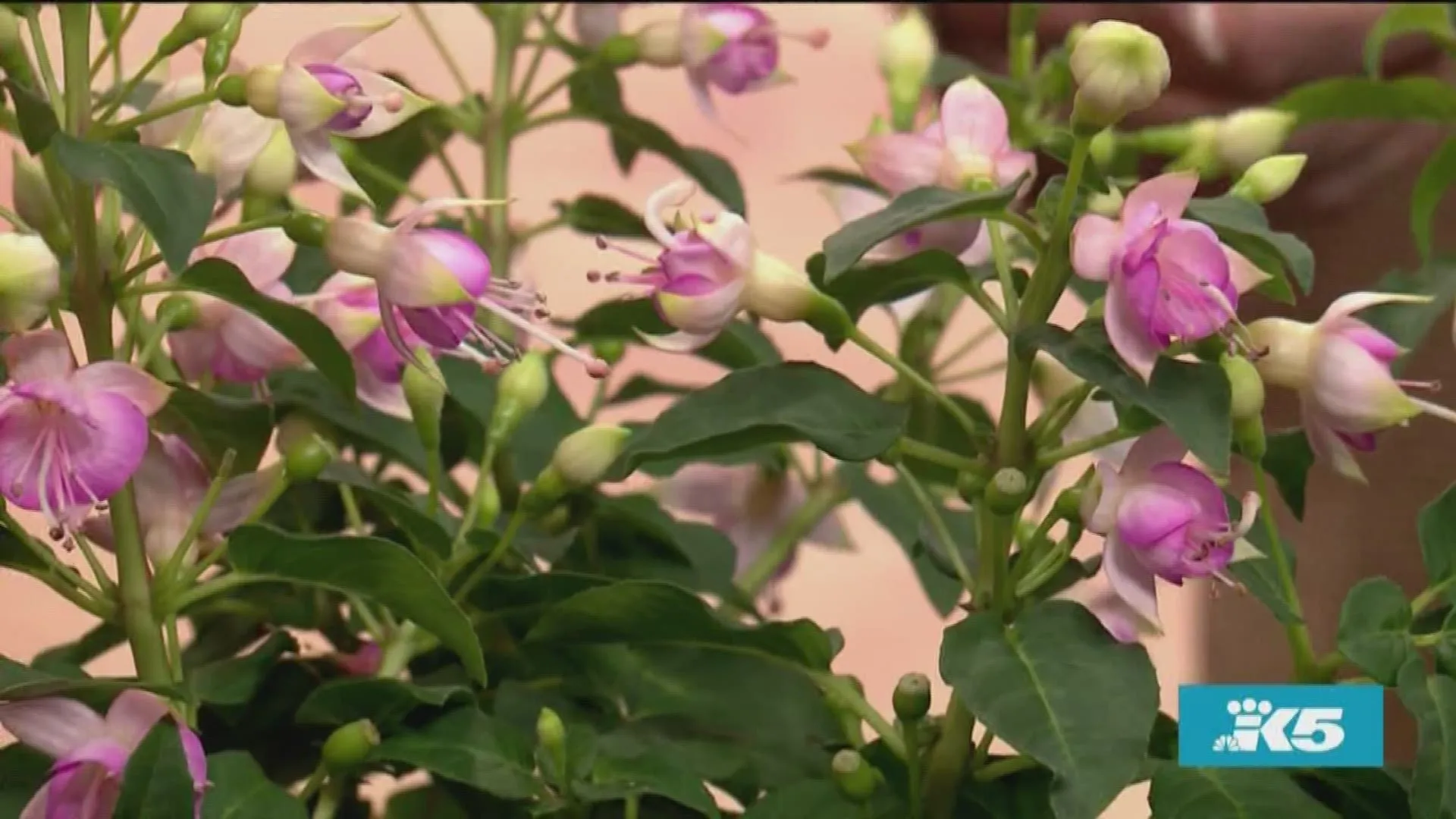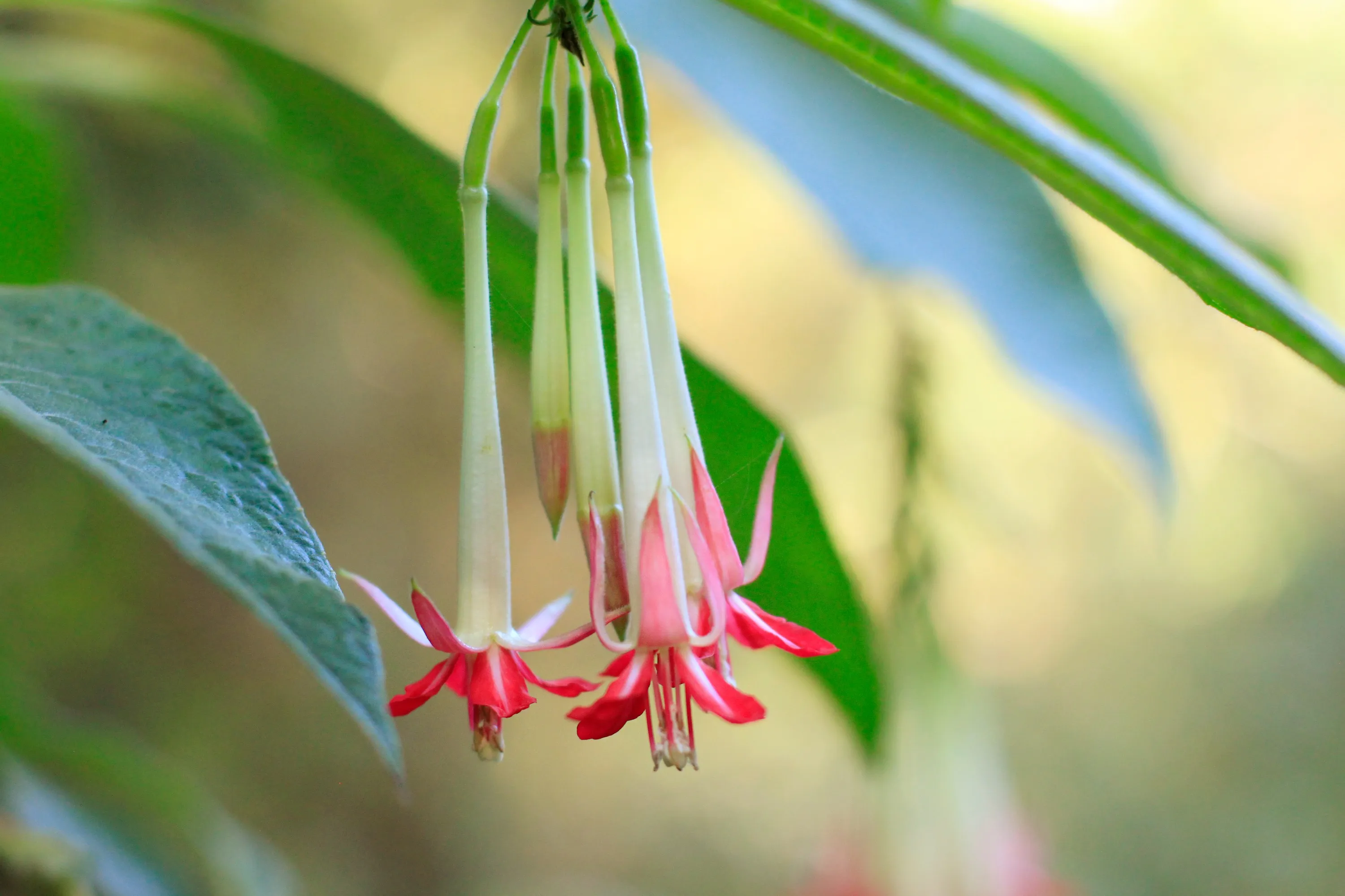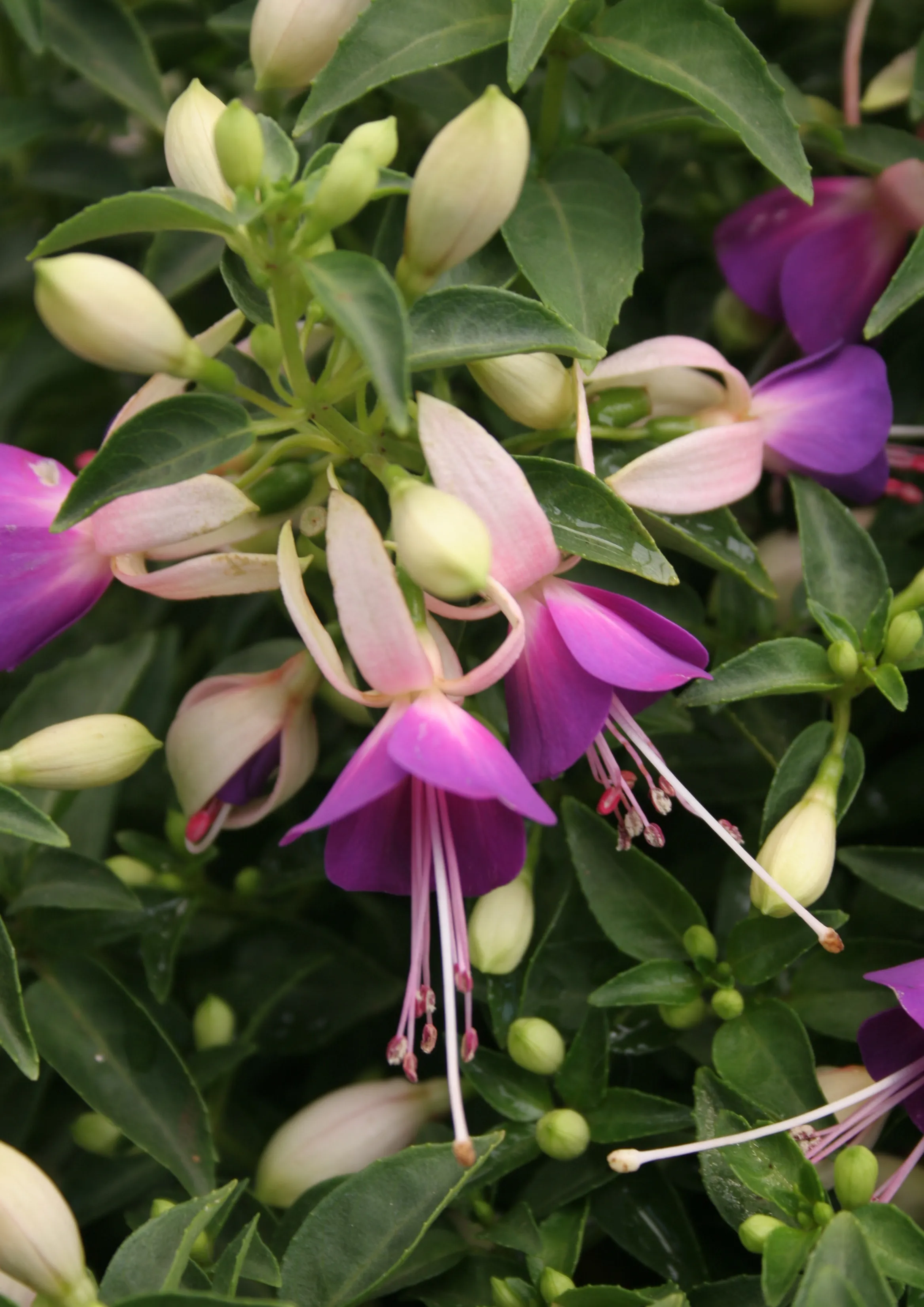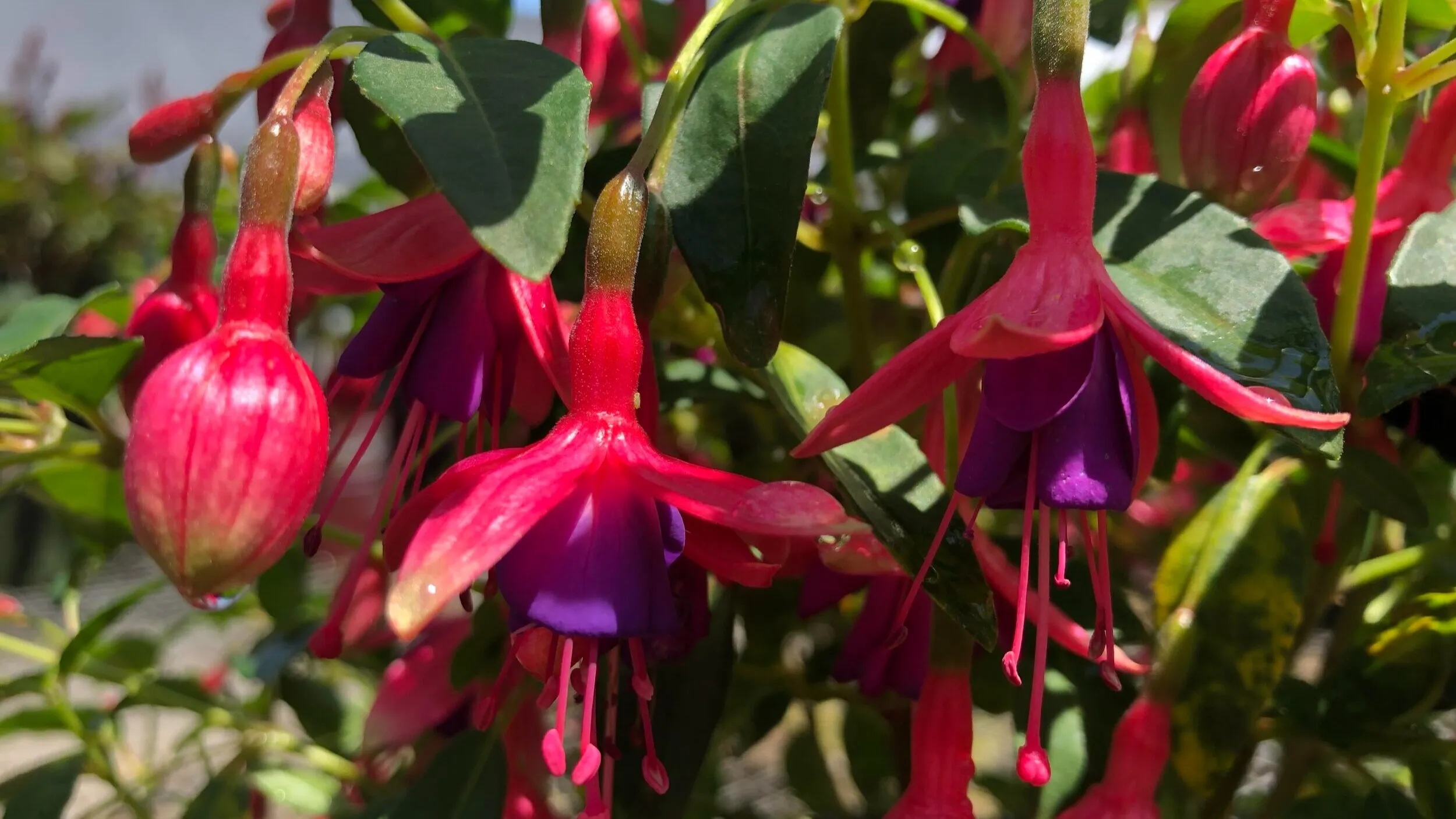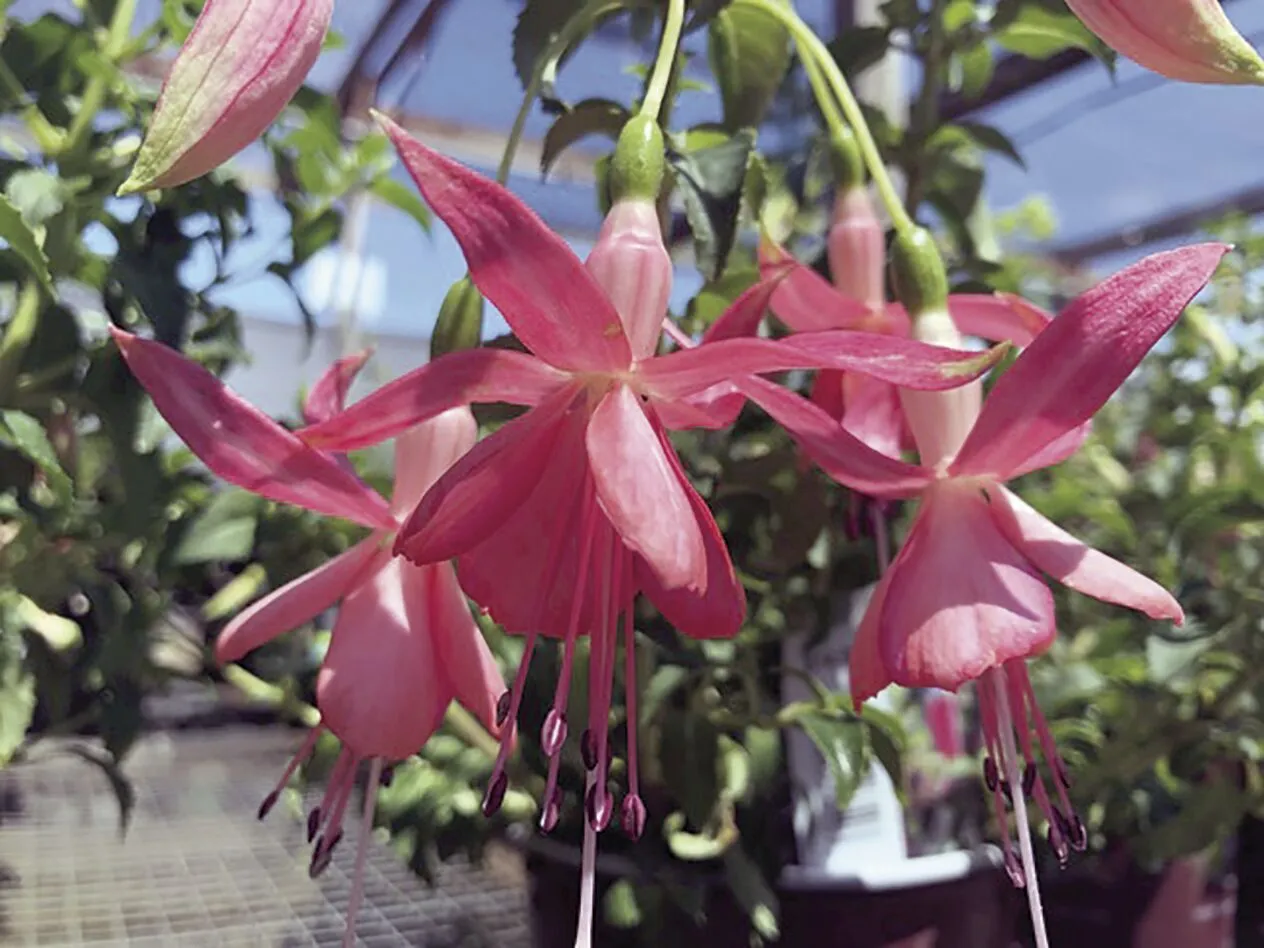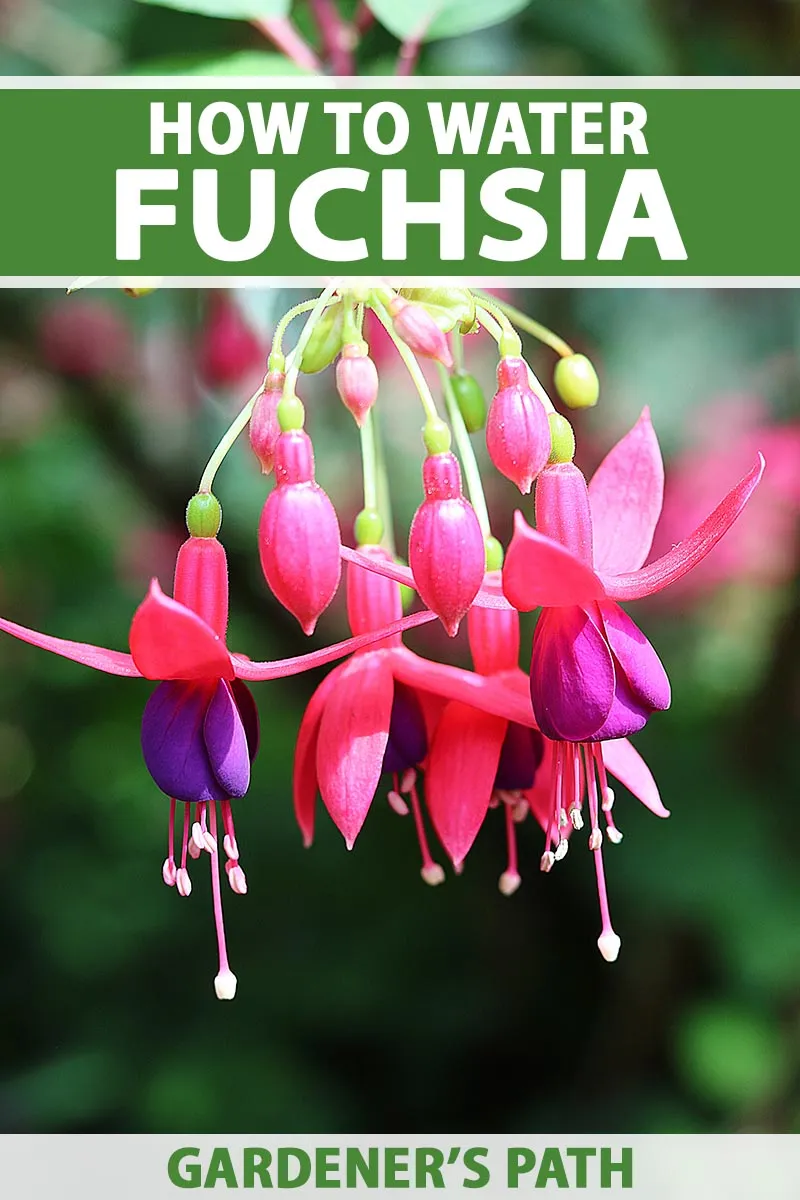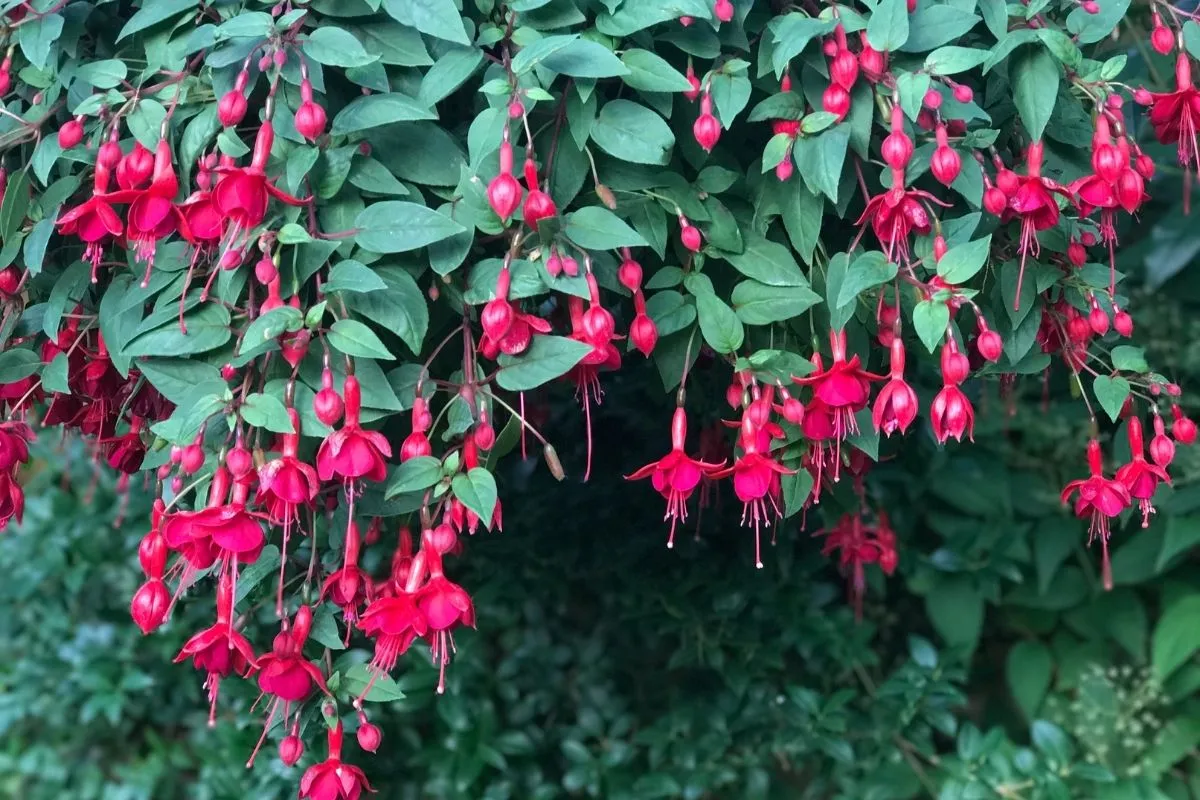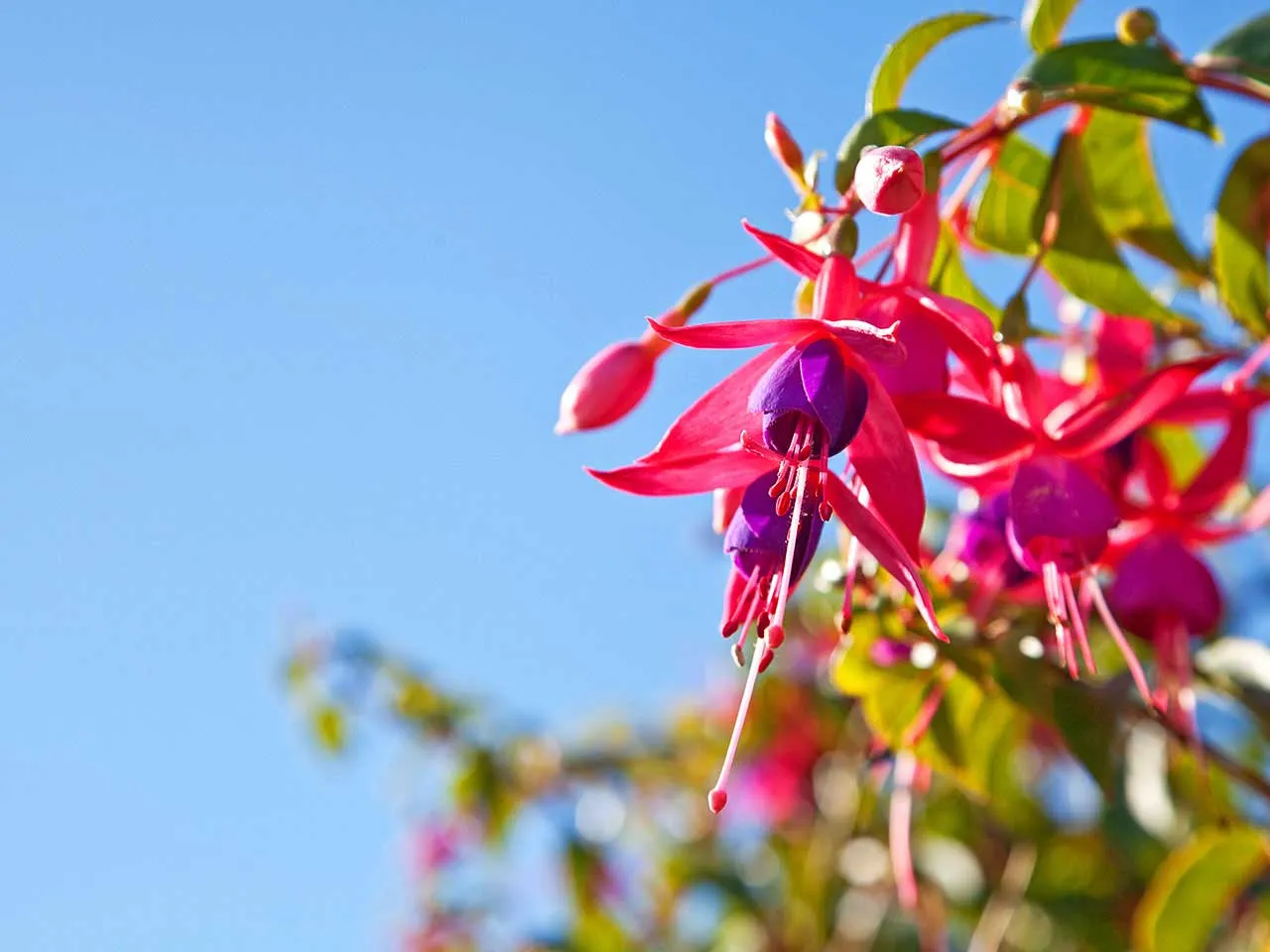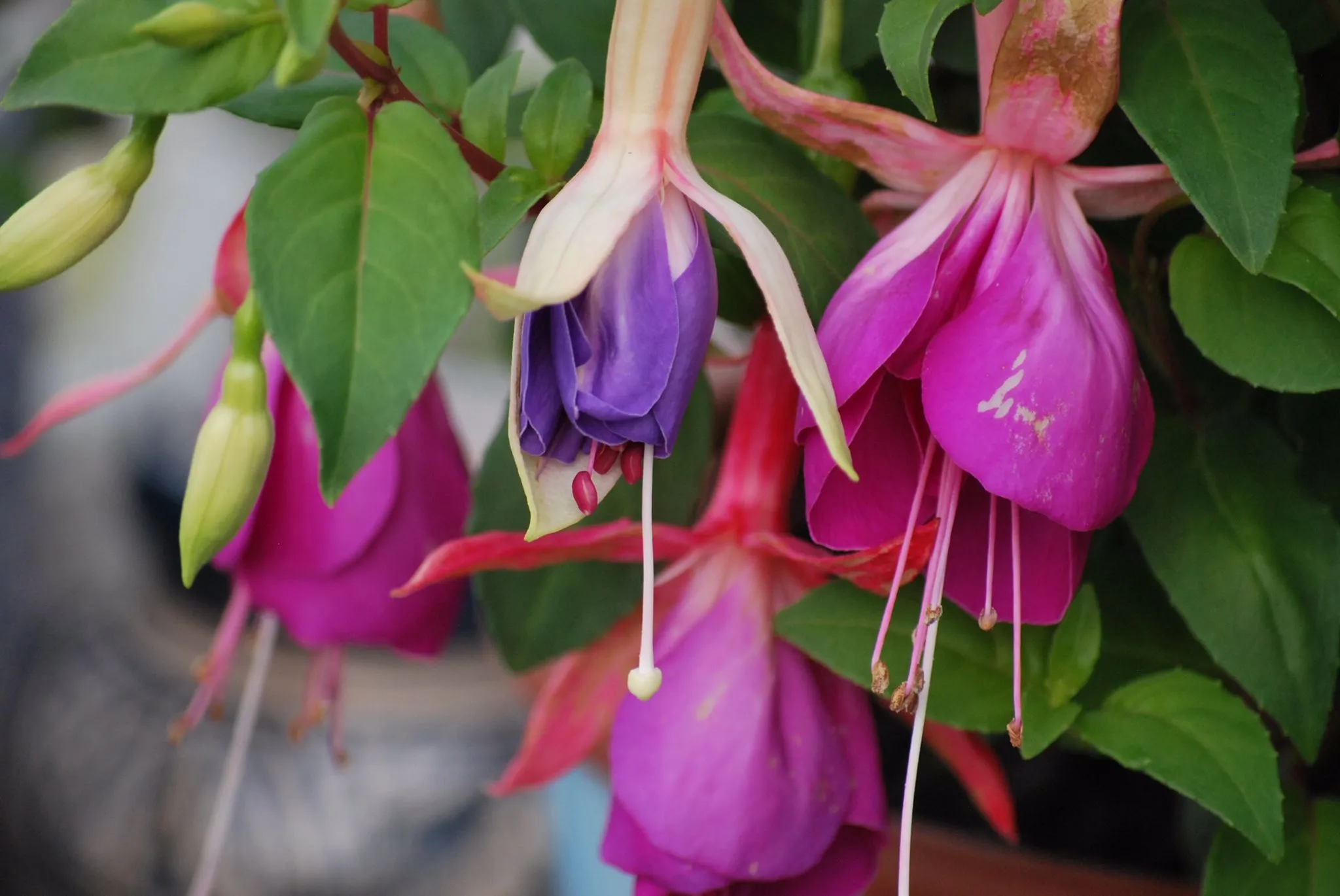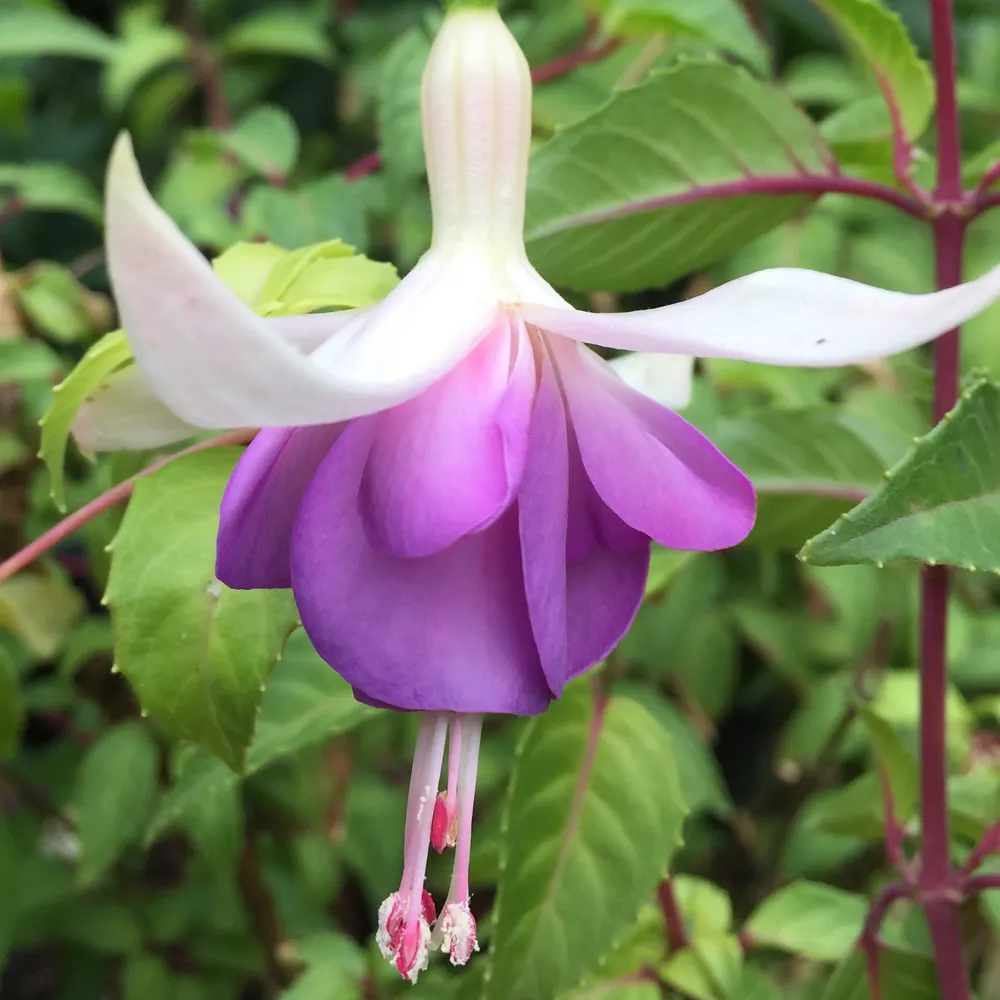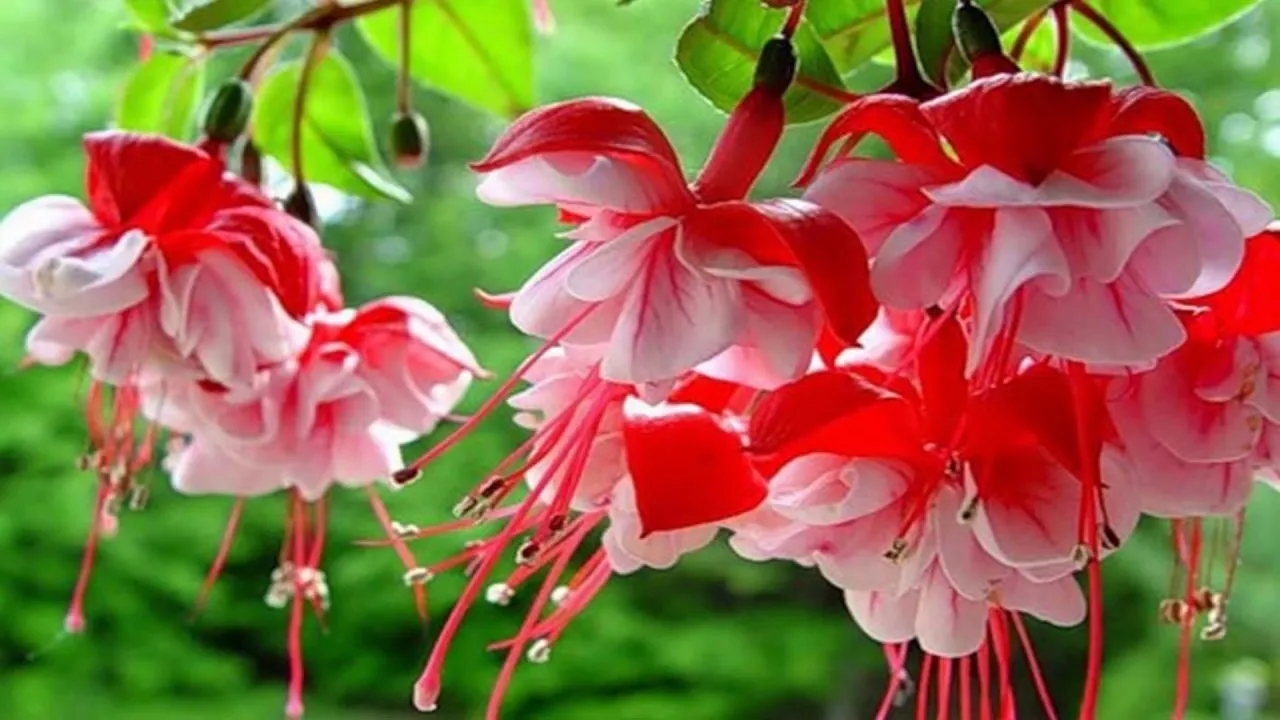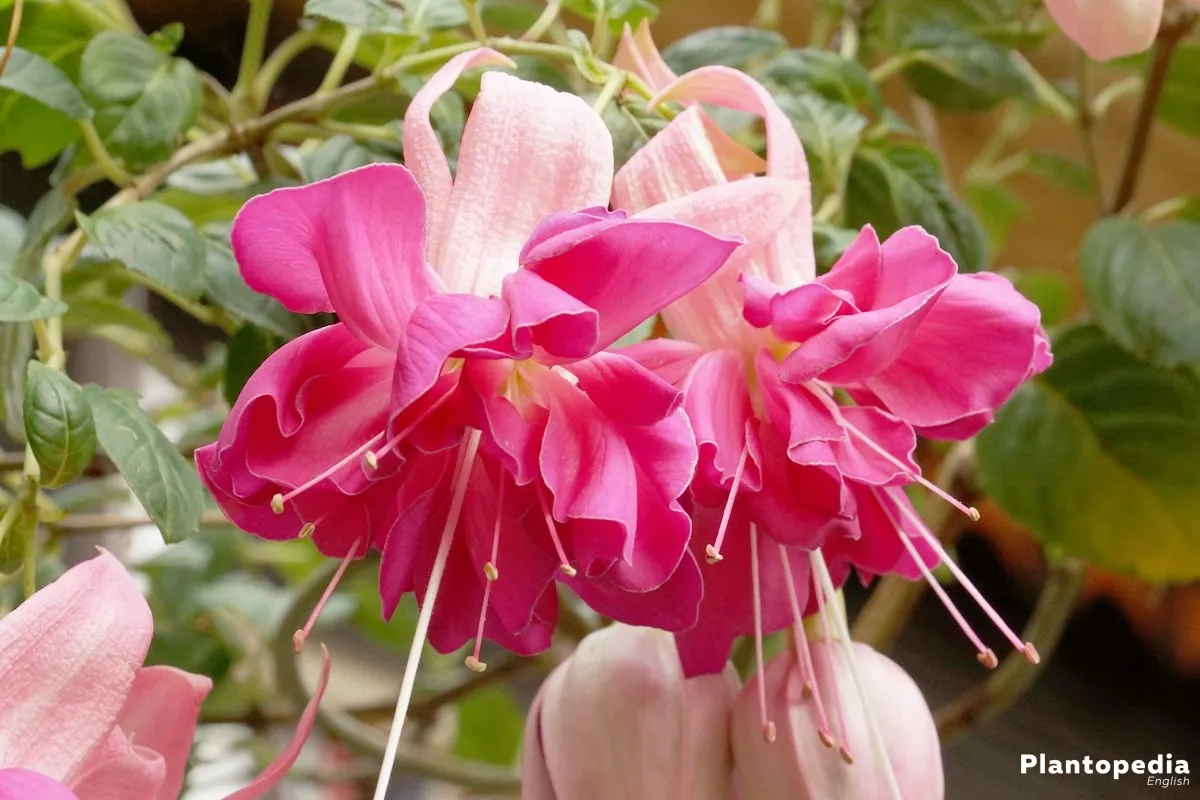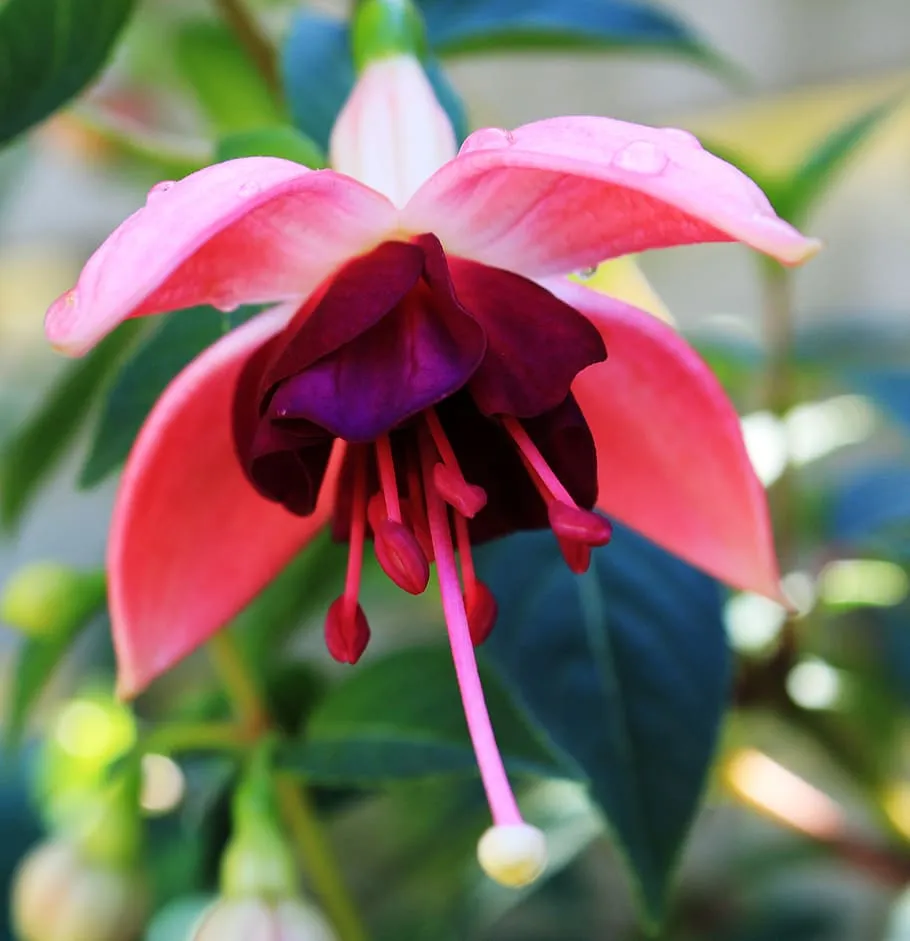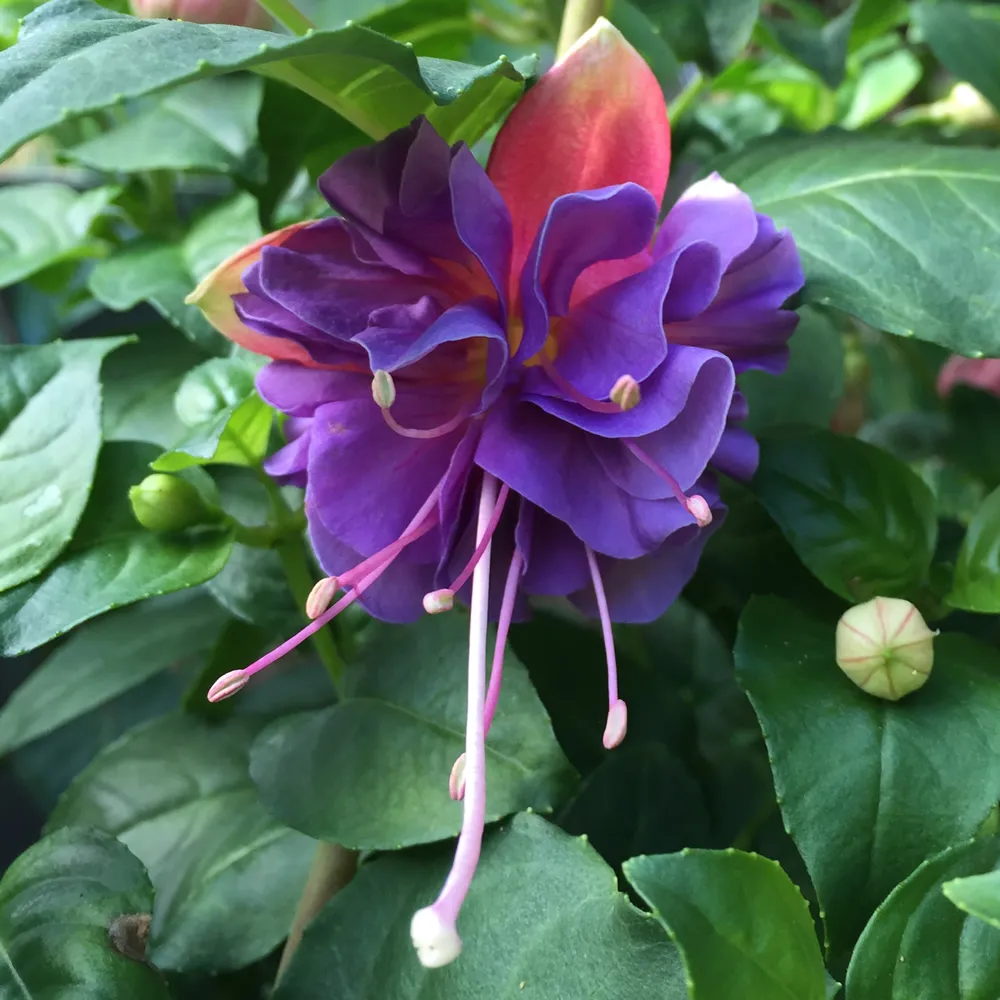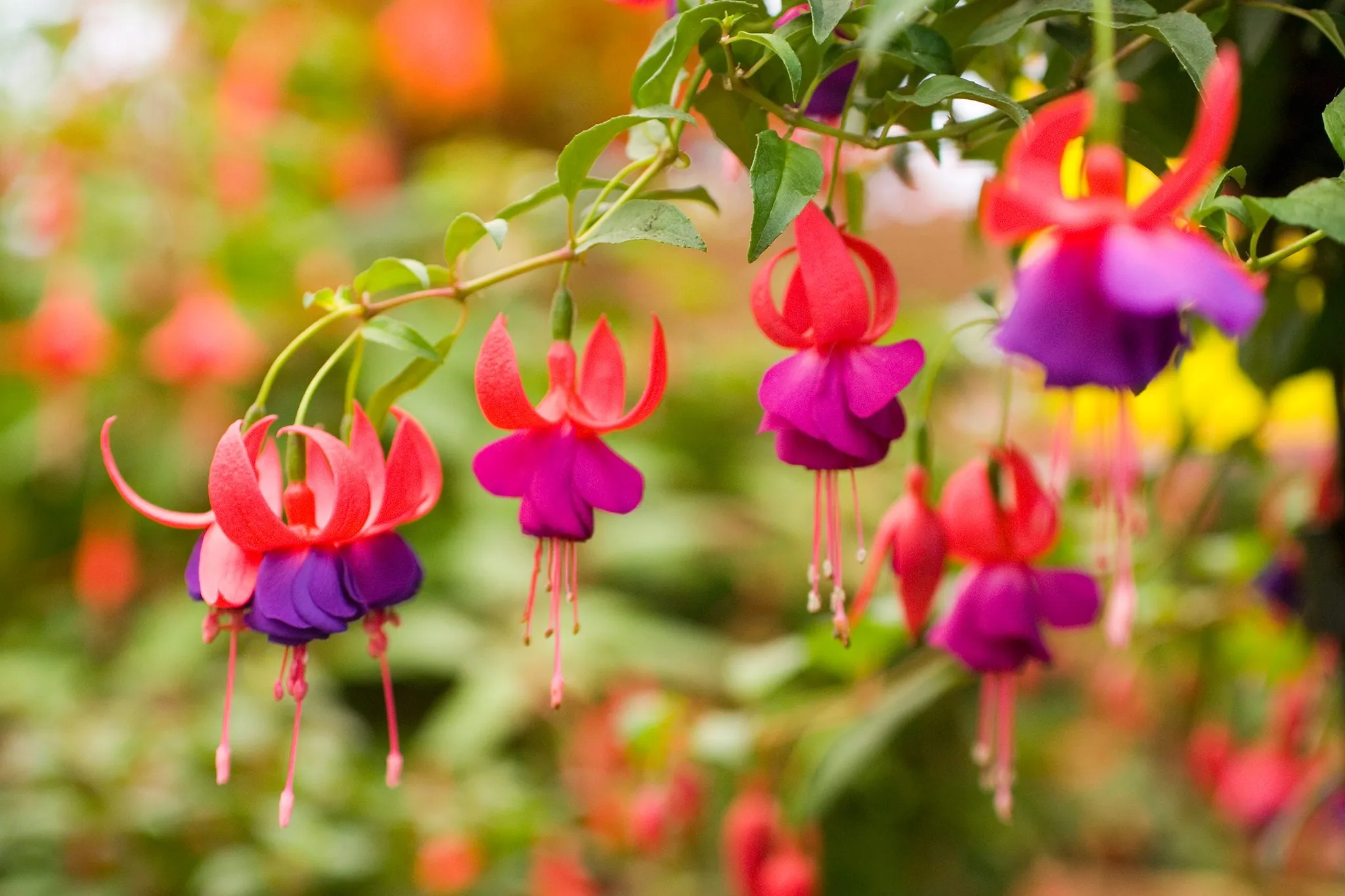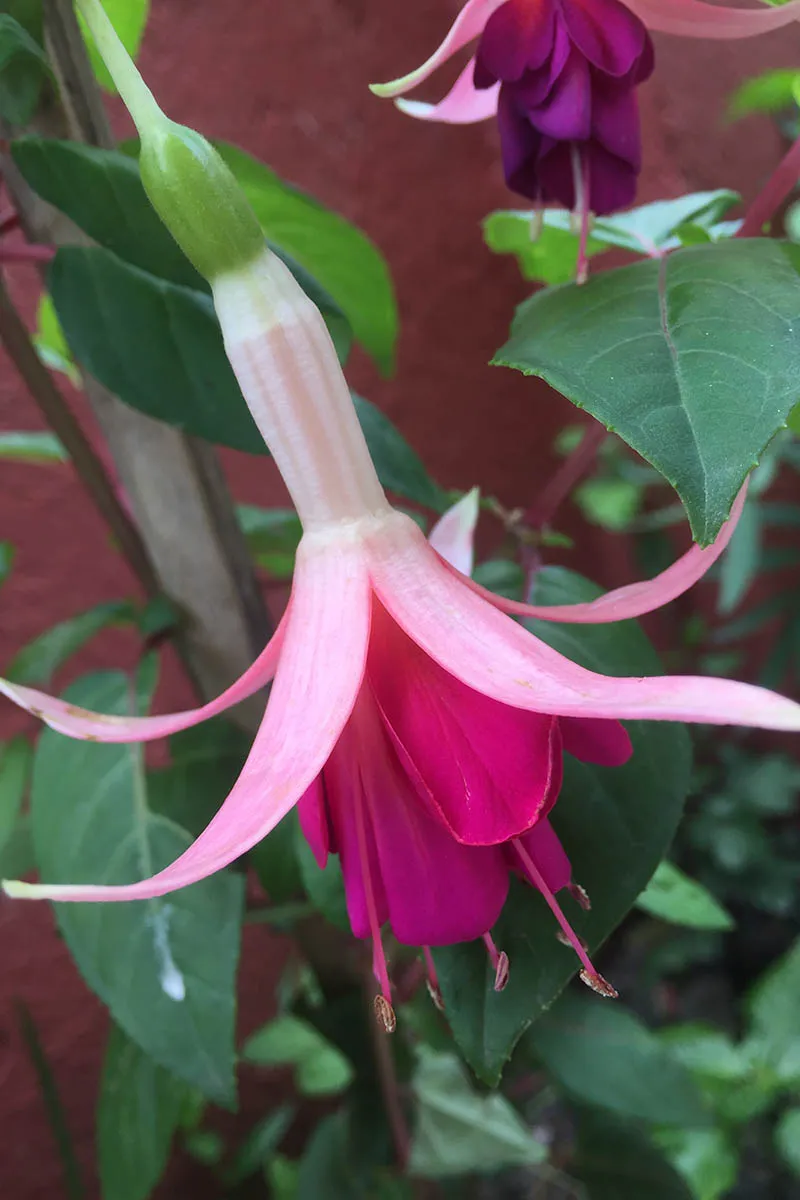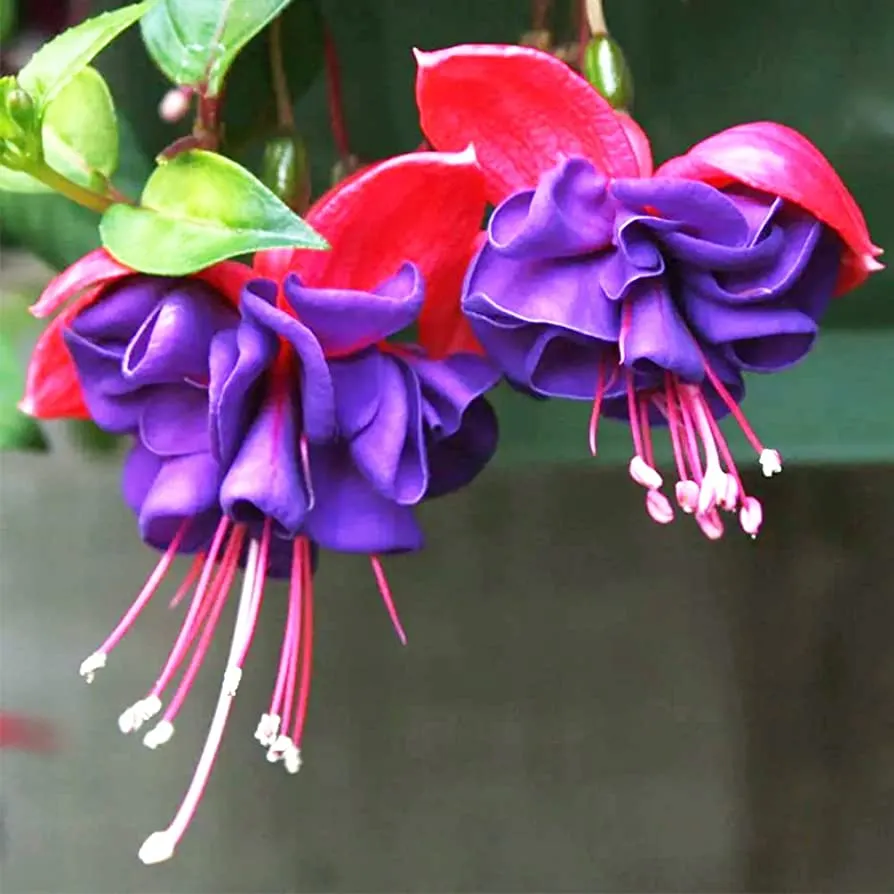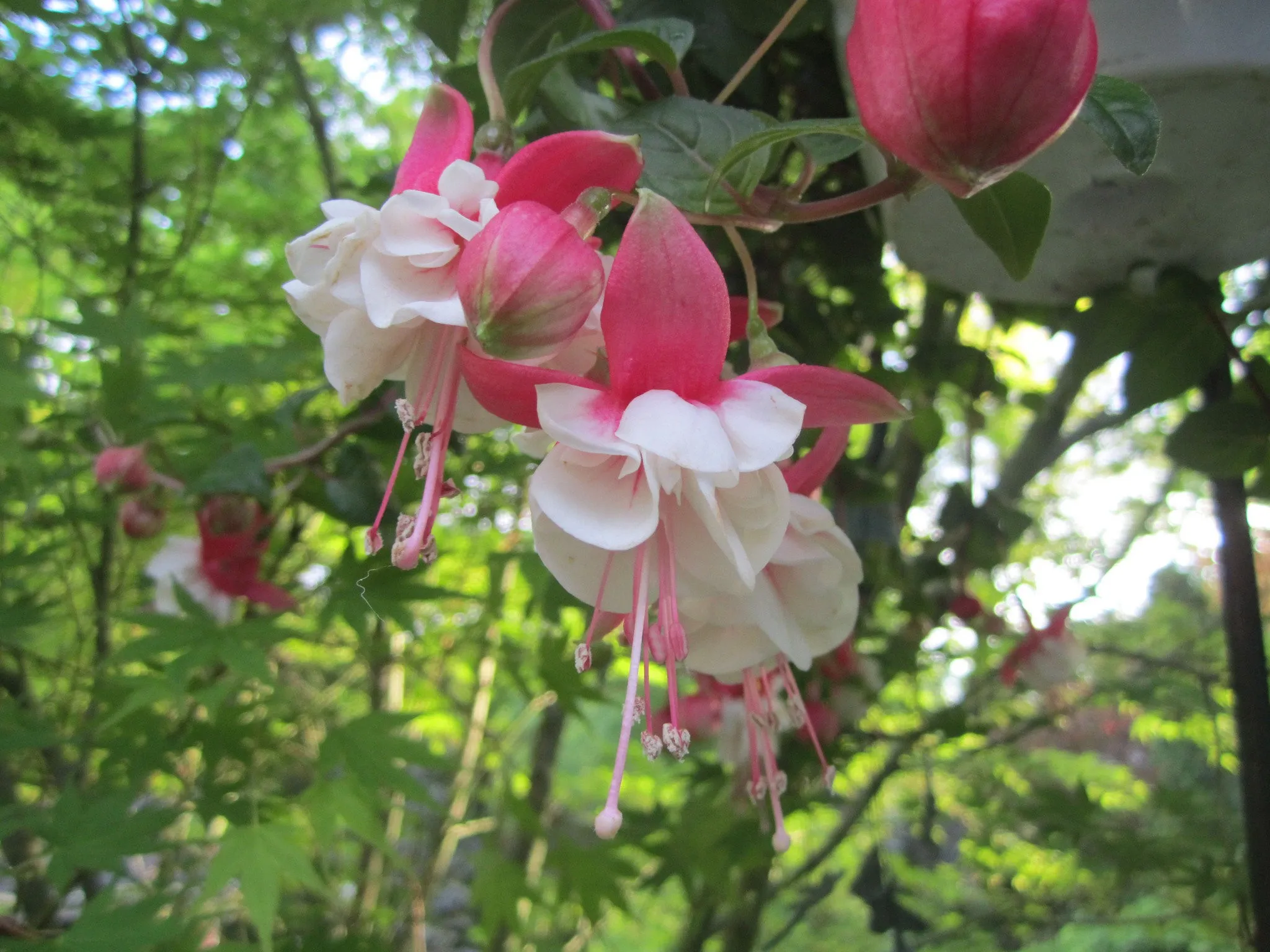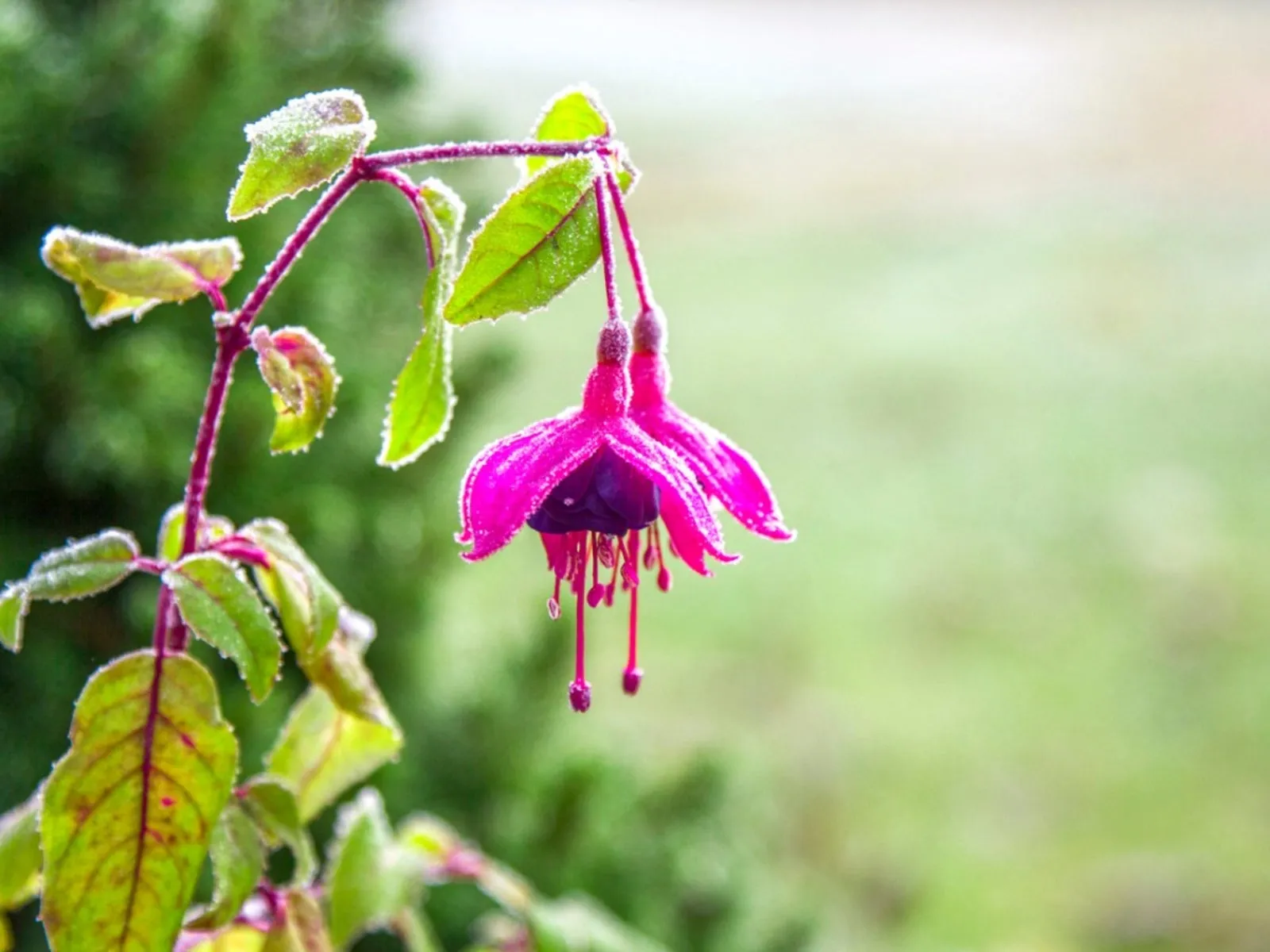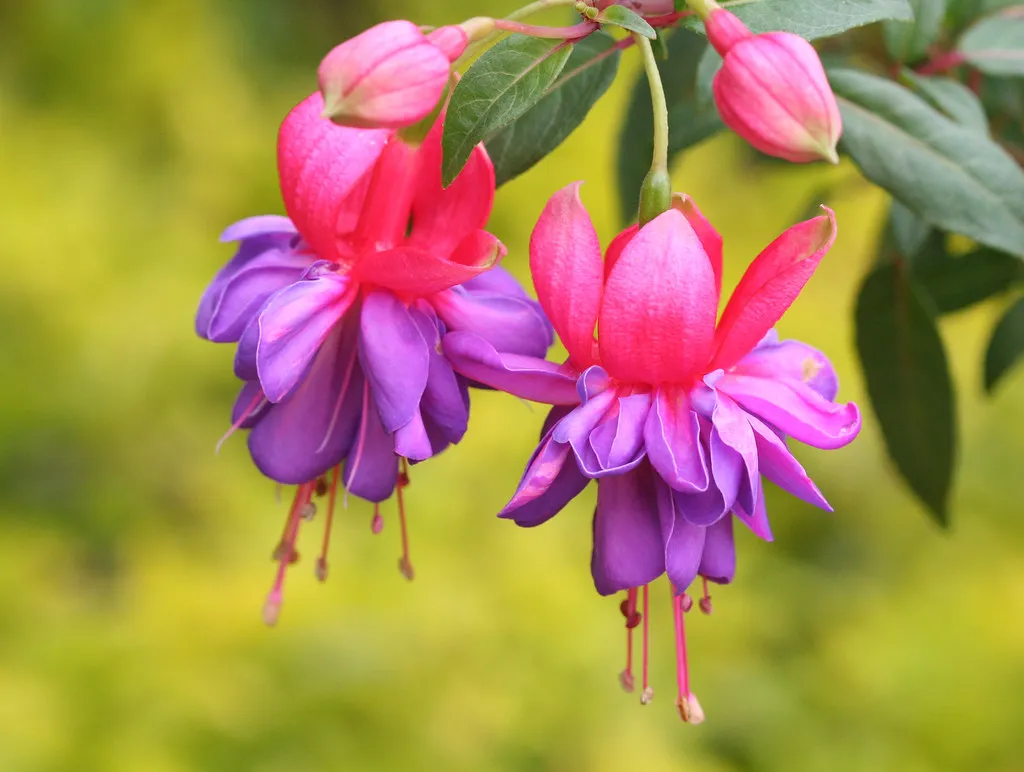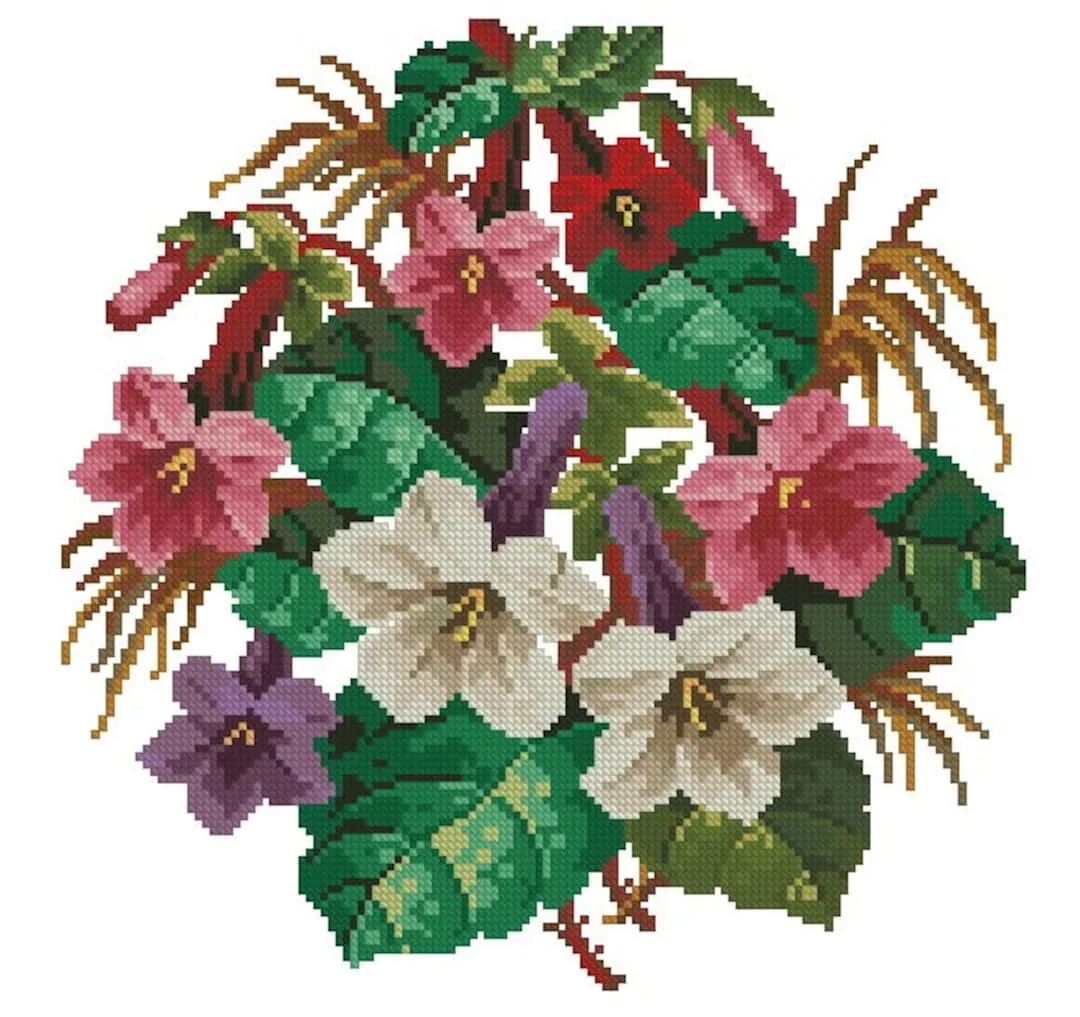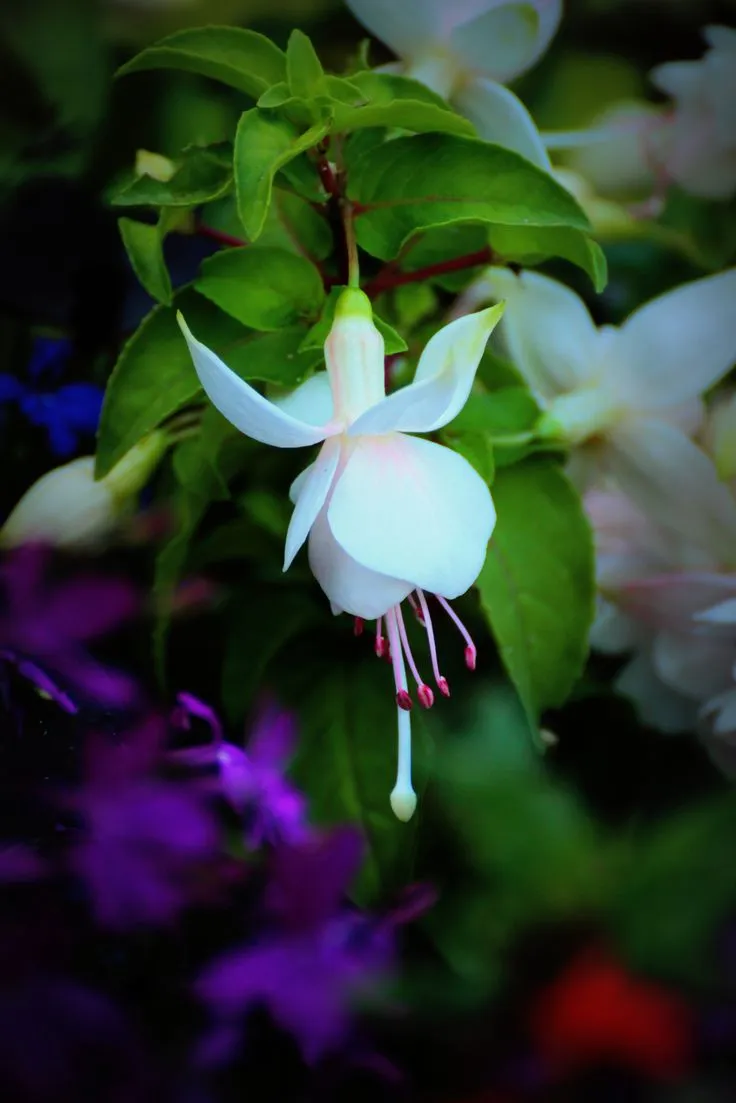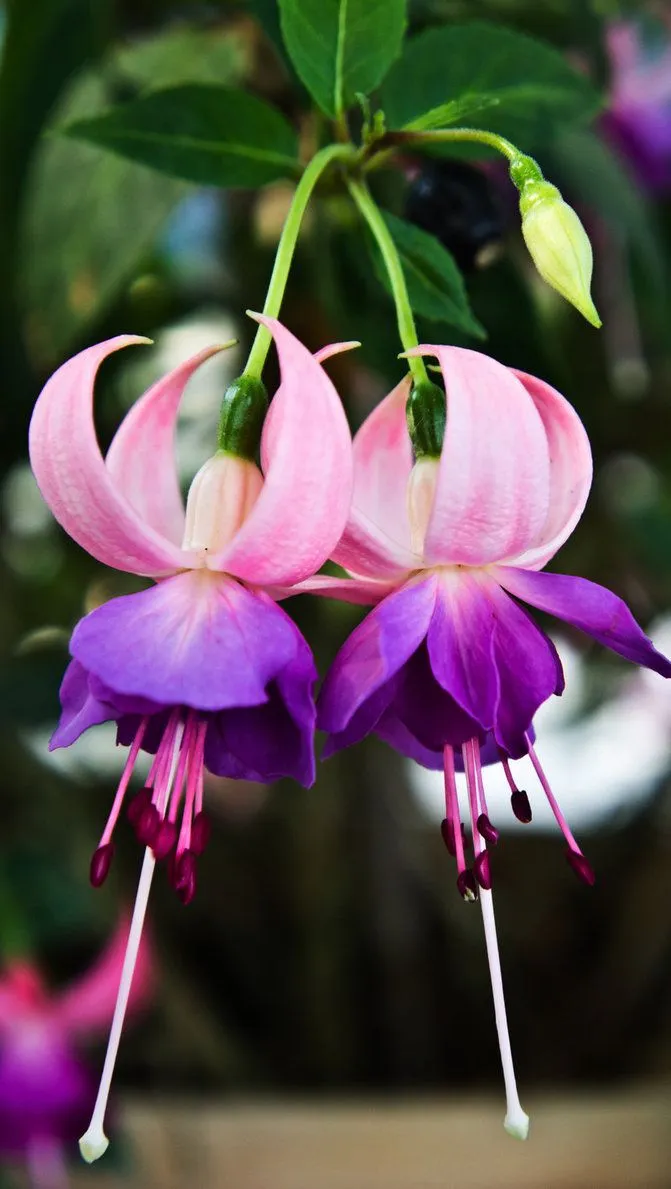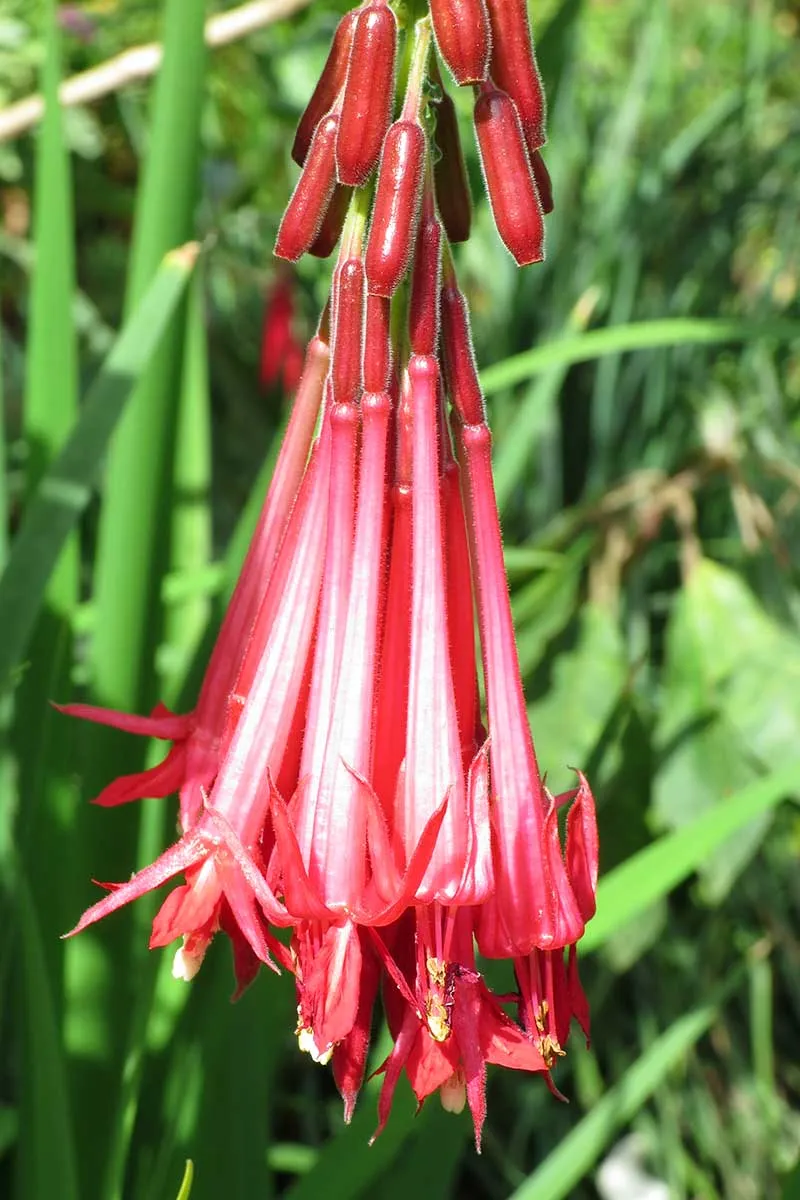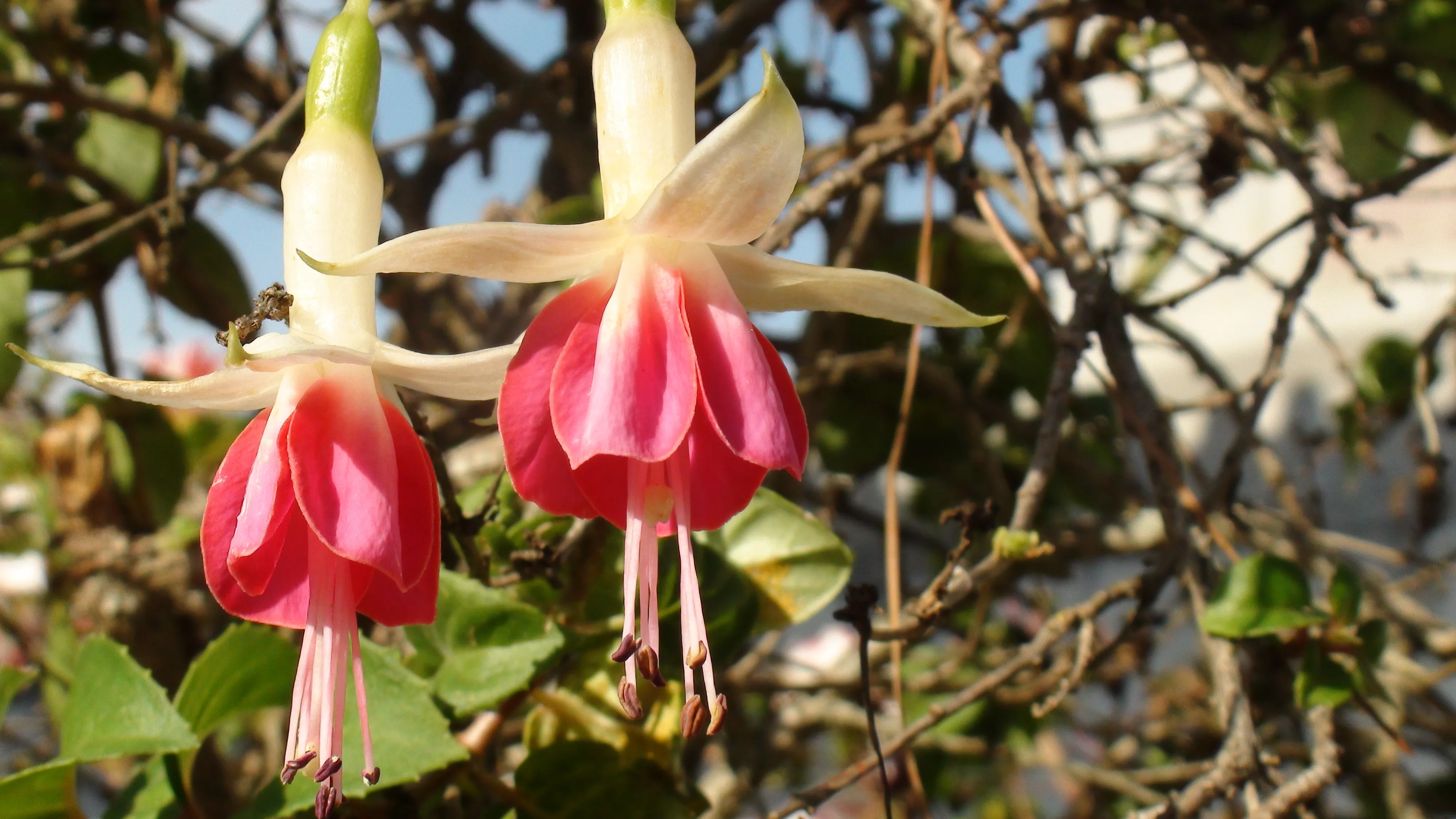Fuchsias: A Beautiful Addition to Your Garden
Flowers are one of the most beautiful creations of nature. They come in a wide range of colors, shapes, and sizes, and each one has its unique charm. One such flower is the fuchsia. Fuchsias are stunning flowers that are known for their vibrant colors and unique shape. They are perfect for adding a splash of color to any garden or outdoor space.
What are Fuchsias?
Fuchsias are a genus of flowering plants that belong to the family Onagraceae. They are native to Central and South America, but they are now grown all over the world. Fuchsias are known for their beautiful, pendulous flowers, which come in a wide range of colors, including pink, red, purple, and white. The flowers have a distinctive shape, with a bell-shaped body and long, slender tubes that protrude from the bottom. Fuchsias are deciduous or evergreen shrubs that can grow up to six feet tall. They have a bushy growth habit, with multiple stems branching out from the base of the plant. The leaves are oval-shaped and dark green, with a slightly serrated edge.
How to Grow Fuchsias?
Fuchsias are relatively easy to grow and care for. They prefer a cool, moist, and shady environment, making them an ideal choice for growing in containers or hanging baskets. Here are some tips for growing fuchsias:
Soil
Fuchsias prefer well-draining soil that is rich in organic matter. A soil pH of 6.0 to 6.5 is ideal for fuchsias. If the soil is too alkaline, the plant may suffer from nutrient deficiencies.
Light
Fuchsias prefer a shady environment, especially during the hottest part of the day. They thrive in filtered sunlight or partial shade. Avoid direct sunlight, as it can scorch the leaves and flowers.
Water
Fuchsias require regular watering, especially during the growing season. Keep the soil moist but not waterlogged. Avoid getting water on the leaves and flowers, as this can cause fungal diseases.
Fertilizer
Fuchsias require regular fertilization to encourage healthy growth and abundant flowering. Use a balanced fertilizer that is high in potassium and phosphorus, but low in nitrogen. Apply the fertilizer every two weeks during the growing season.
Pruning
Fuchsias require regular pruning to maintain their shape and promote new growth. Prune the plant in the late winter or early spring, just before new growth appears. Remove any dead or damaged branches, and cut back any overgrown stems. Pinch off the tips of the stems to encourage branching.
Types of Fuchsias
There are over 100 species of fuchsias, each with its unique characteristics. Here are some of the most popular types of fuchsias:
Hardy Fuchsias
Hardy fuchsias are a type of fuchsia that can withstand colder temperatures. They are ideal for growing in areas with cooler climates, such as the Pacific Northwest or the United Kingdom. Hardy fuchsias come in a wide range of colors and are relatively easy to grow.
Trailing Fuchsias
Trailing fuchsias are a type of fuchsia that is perfect for growing in hanging baskets or containers. They have long, trailing stems that can grow up to three feet long. Trailing fuchsias come in a wide range of colors, including pink, red, and purple.
Upright Fuchsias
Upright fuchsias are a type of fuchsia that has an upright growth habit. They are ideal for growing in borders or as a centerpiece in a garden. Upright fuchsias come in a wide range of colors and can grow up to six feet tall.
How to Care for Fuchsias?
Fuchsias are relatively easy to care for, but they do require some attention to thrive. Here are some tips for caring for fuchsias:
Watering
Fuchsias require regular watering, especially during the growing season. Keep the soil moist but not waterlogged. Avoid getting water on the leaves and flowers, as this can cause fungal diseases.
Fertilizing
Fuchsias require regular fertilization to encourage healthy growth and abundant flowering. Use a balanced fertilizer that is high in potassium and phosphorus, but low in nitrogen. Apply the fertilizer every two weeks during the growing season.
Pruning
Fuchsias require regular pruning to maintain their shape and promote new growth. Prune the plant in the late winter or early spring, just before new growth appears. Remove any dead or damaged branches, and cut back any overgrown stems. Pinch off the tips of the stems to encourage branching.
Pests and Diseases
Fuchsias are susceptible to a range of pests and diseases, including aphids, spider mites, and whiteflies. Regularly inspect the plant for signs of infestation, and treat with an appropriate insecticide if necessary. Fuchsias are also susceptible to fungal diseases, such as powdery mildew and botrytis. Avoid getting water on the leaves and flowers, and ensure good air circulation around the plant to prevent fungal growth.
Conclusion
Fuchsias are a stunning addition to any garden or outdoor space. They are relatively easy to grow and care for, and they come in a wide range of colors and shapes. Whether you prefer trailing fuchsias, upright fuchsias, or hardy fuchsias, there is a type of fuchsia that is perfect for your garden. Follow the tips outlined in this article to grow and care for fuchsias successfully.
Frequently asked questions about Fuchsias wallpapers
Q: What are Fuchsias?
A: Fuchsias are a type of flowering plant that are known for their vibrant colors and unique shape. They are commonly used in gardens and as houseplants.
Q: What is the "Fuchsias pictures" category?
A: "Fuchsias pictures" is a category on our website that contains 47 high-quality images of Fuchsias that users can download for free in different file types and sizes.
Q: Can I use the Fuchsias pictures for commercial purposes?
A: No, our Fuchsias pictures are for personal use only. If you want to use them for commercial purposes, please contact us for licensing options.
Q: What file types are available for download?
A: Users can download Fuchsias pictures in .jpg, .png, and .webp file types.
Q: What sizes are available for download?
A: Users can choose from a variety of sizes for each image, including different widths and heights. We also automatically detect the visitor's mobile screen size and choose the appropriate size for them.
Q: Do I need to create an account to download Fuchsias pictures?
A: No, users do not need to create an account to download Fuchsias pictures. They can simply browse the category and download the images they like.
Q: Can I modify the Fuchsias pictures after downloading them?
A: Yes, users are free to modify the Fuchsias pictures after downloading them. However, please note that our images are copyrighted and cannot be used for commercial purposes without permission.
Q: How do I download Fuchsias pictures?
A: To download a Fuchsias picture, simply click on the image you want and choose the file type and size you prefer. Then, click the download button to save the image to your device.
Q: Can I share Fuchsias pictures on social media?
A: Yes, users are free to share our Fuchsias pictures on social media as long as they give proper credit to our website.


